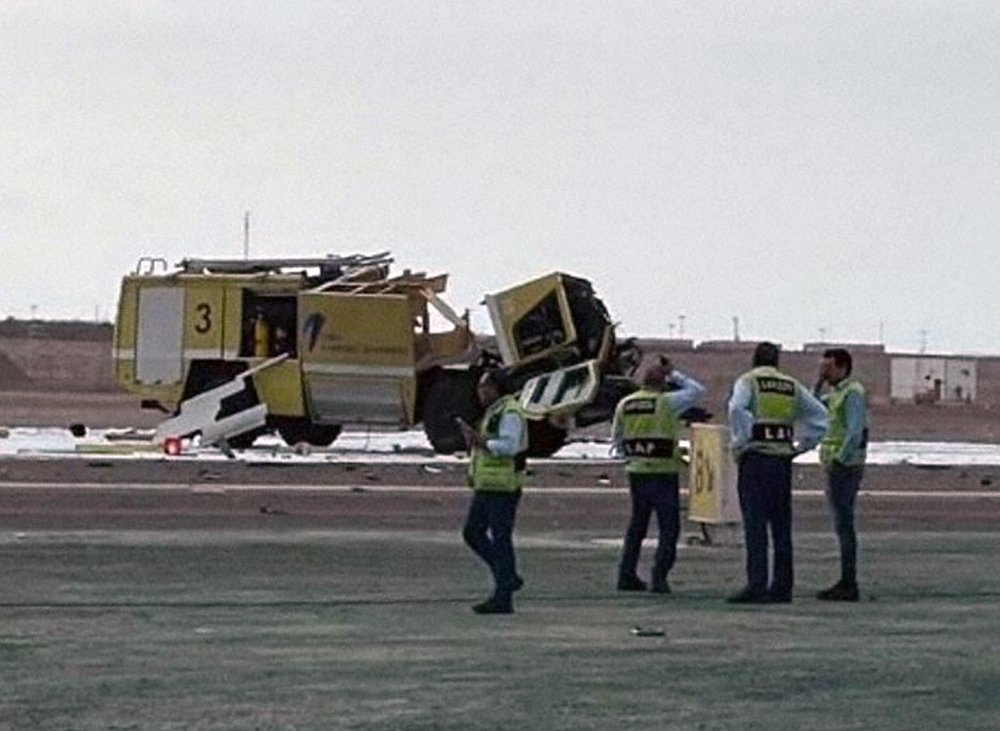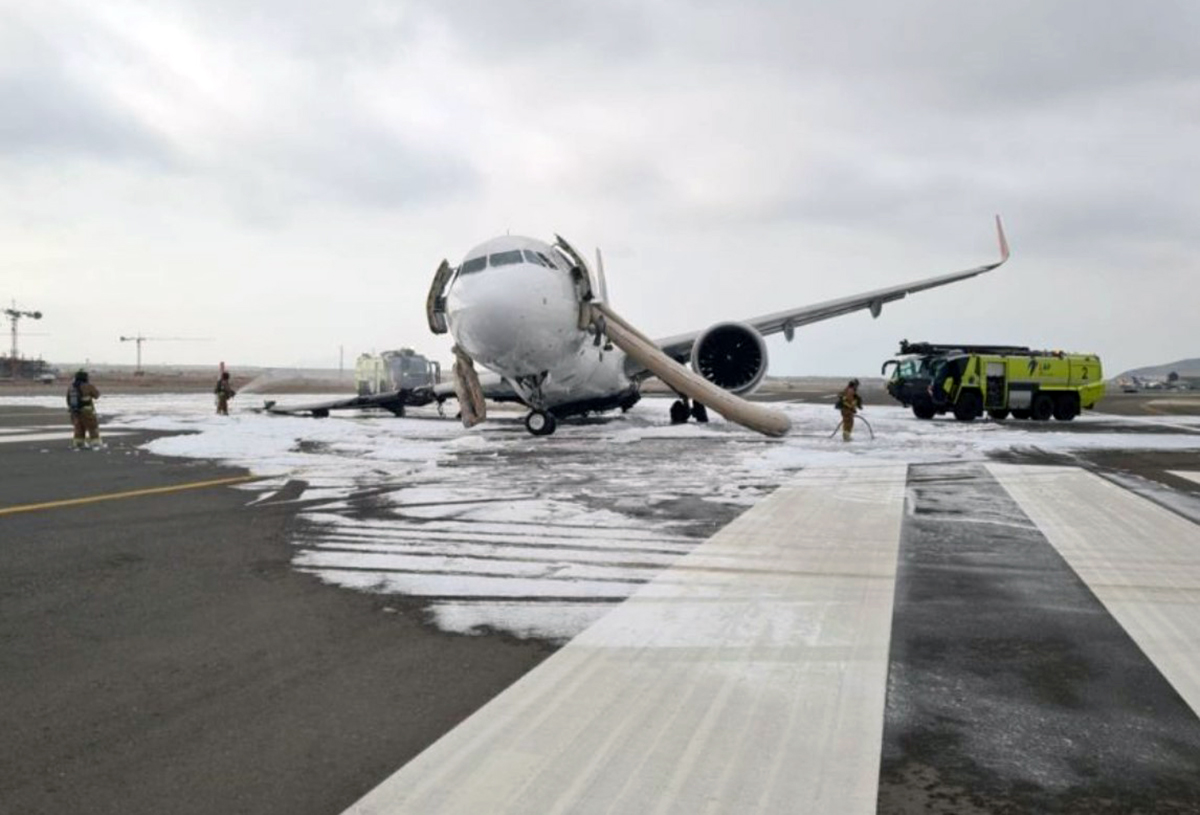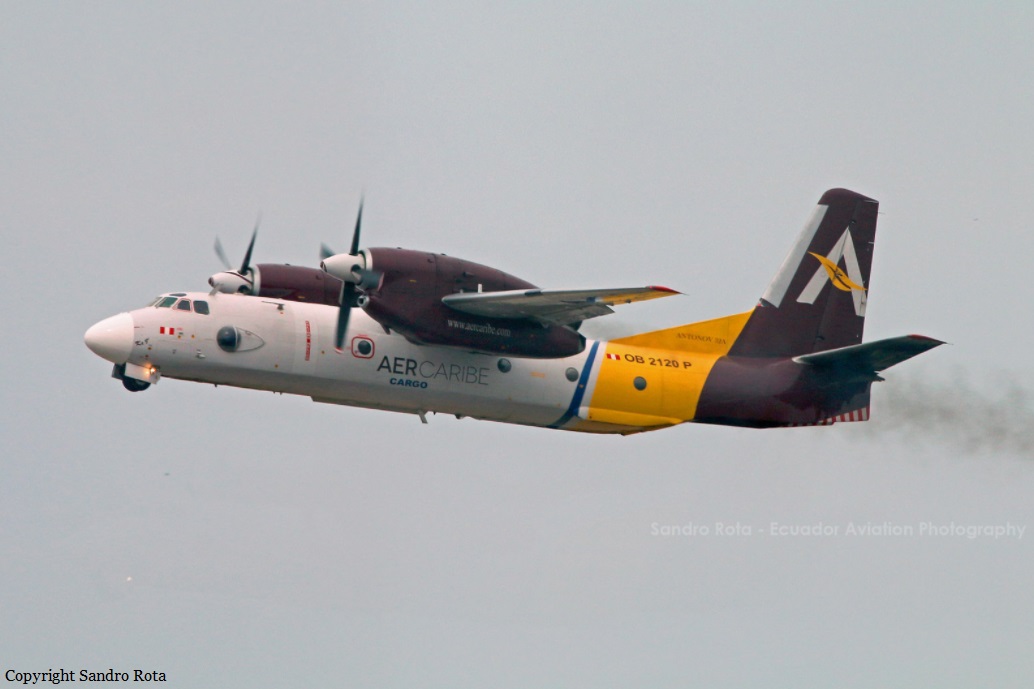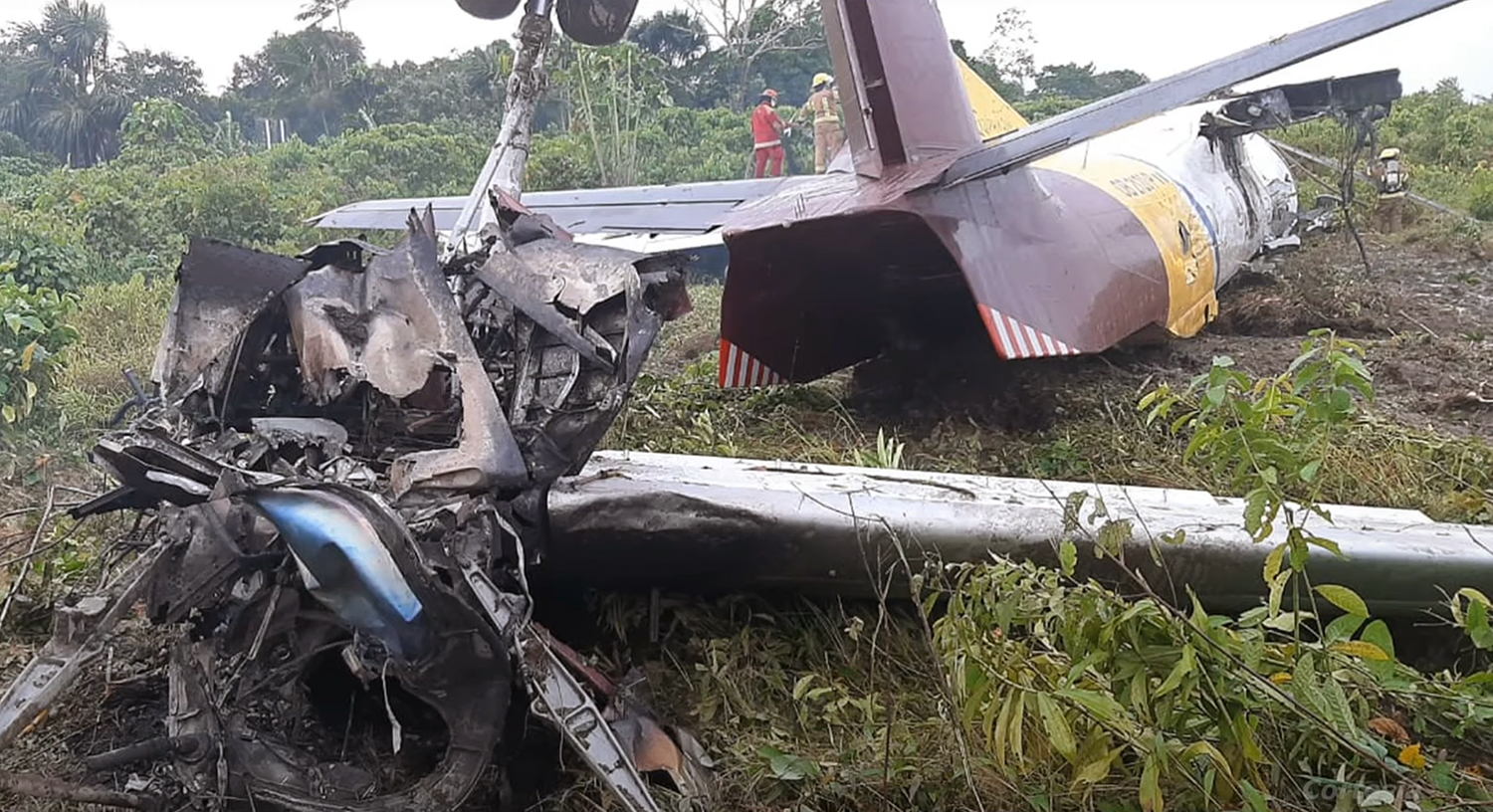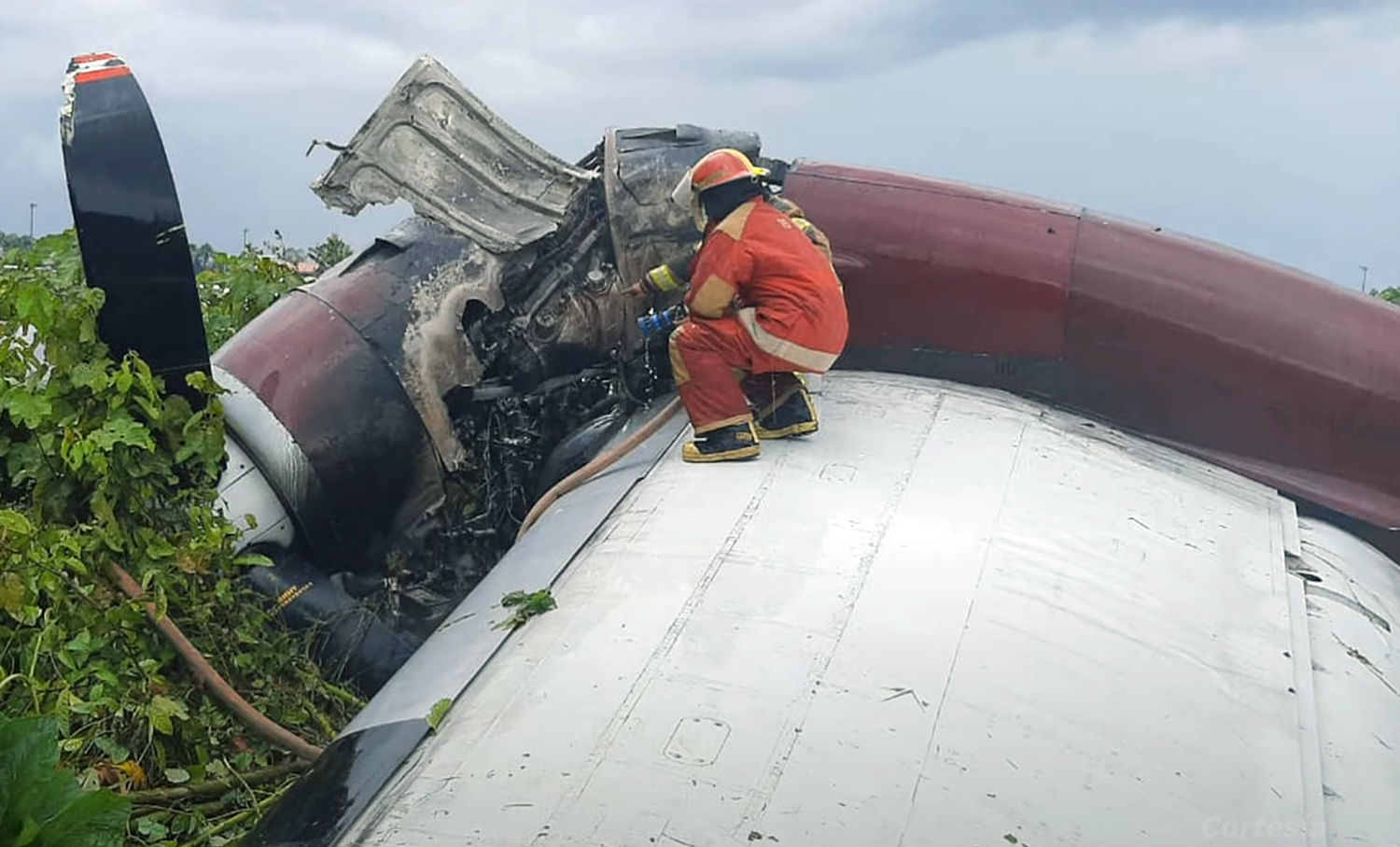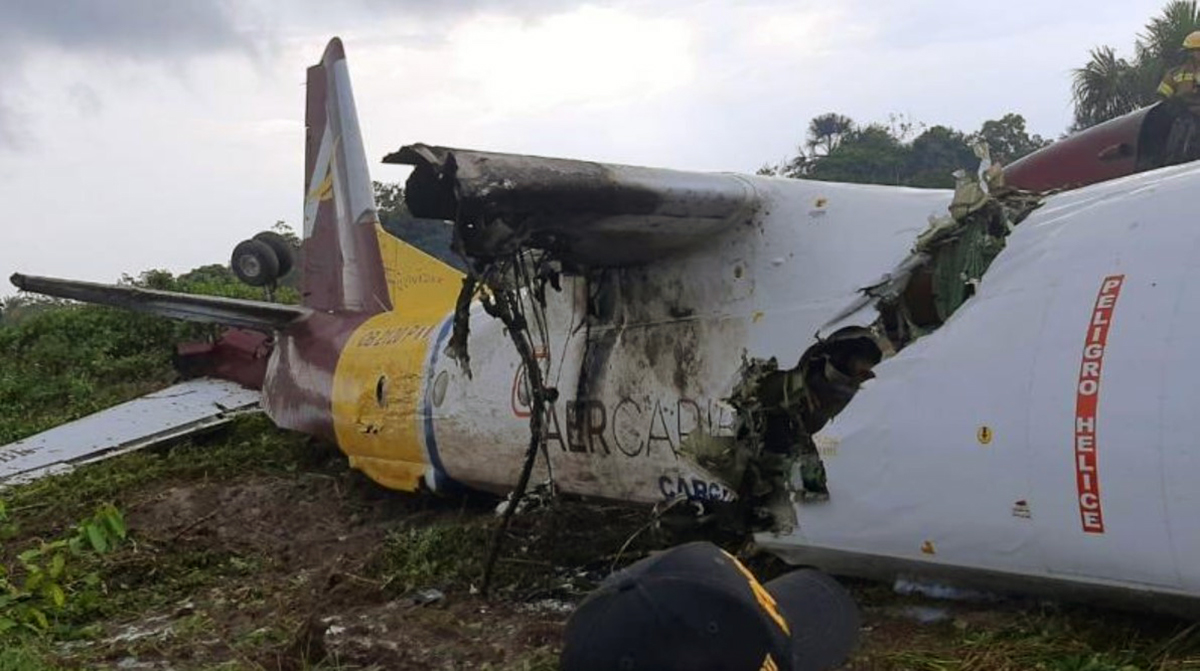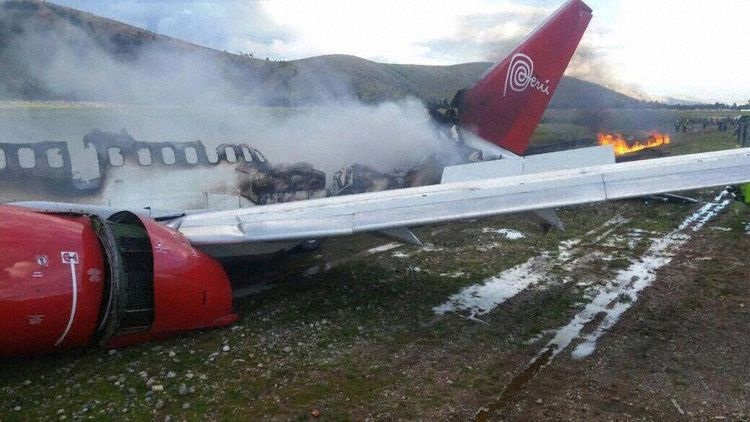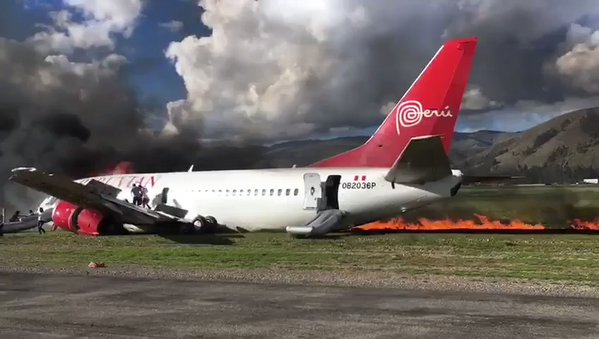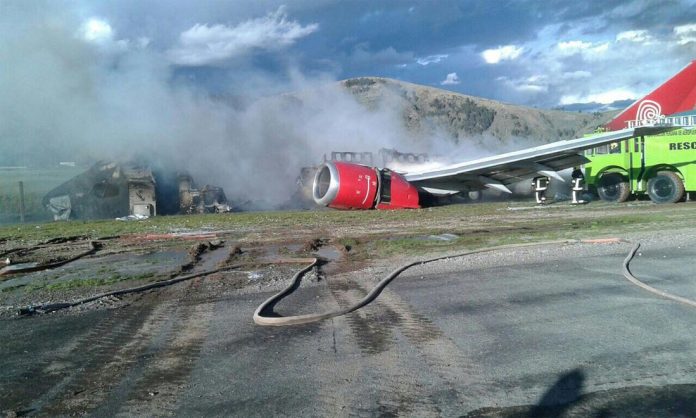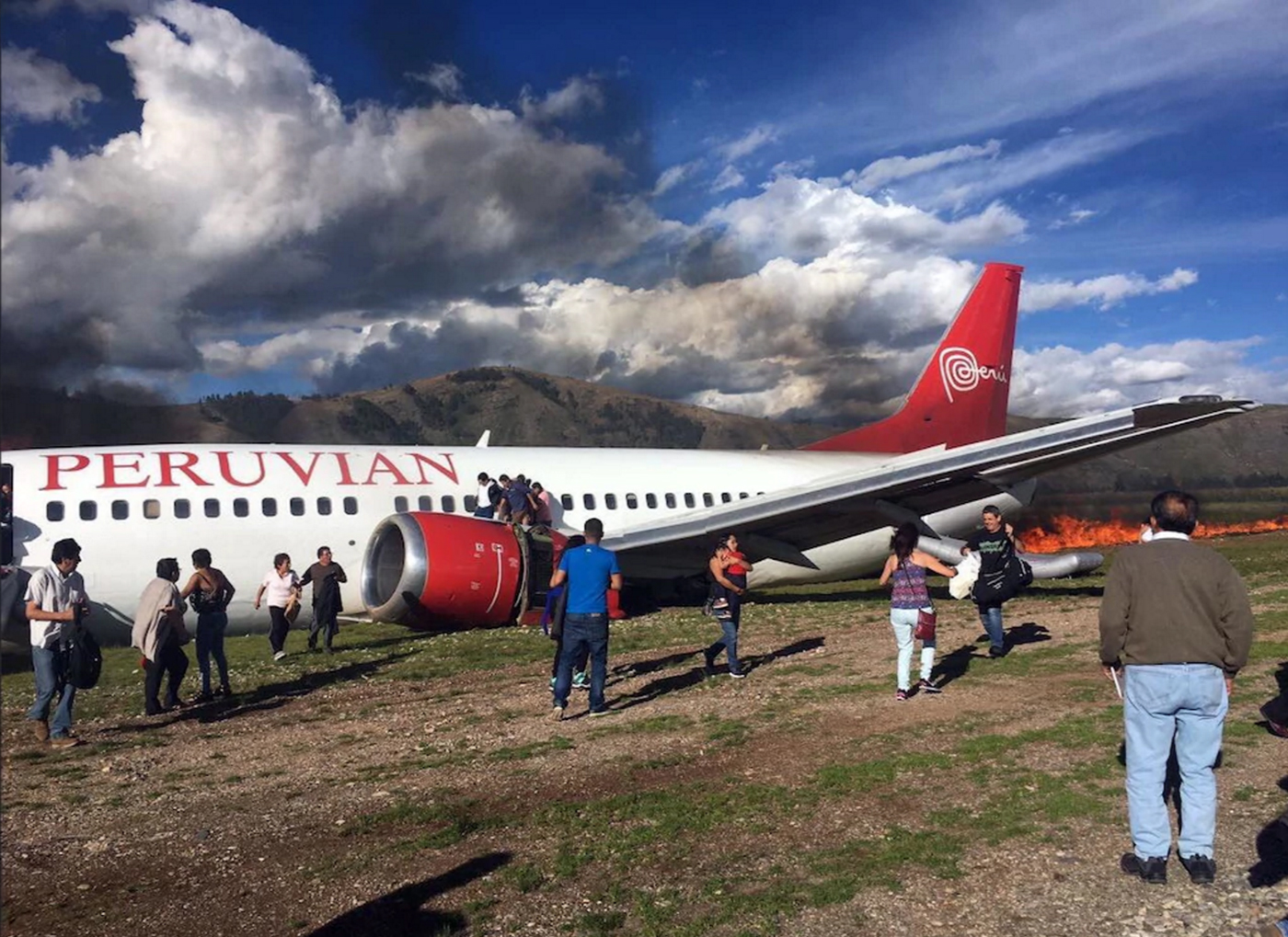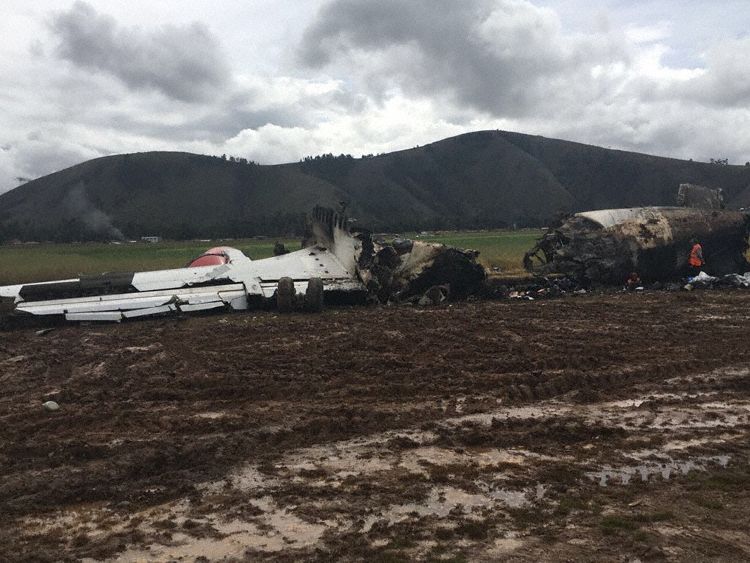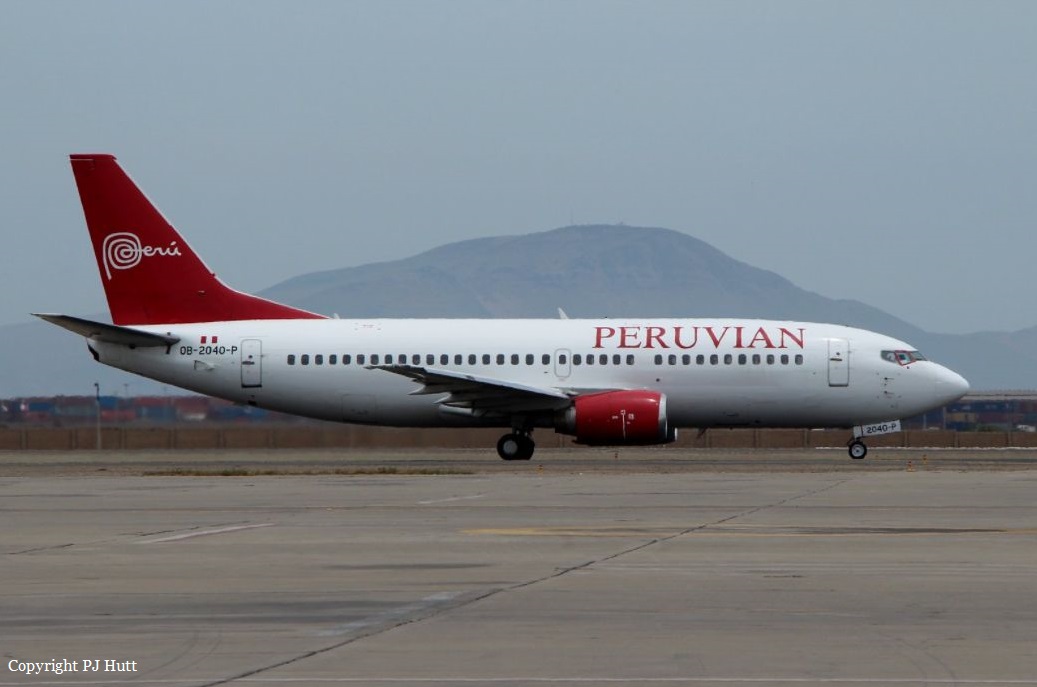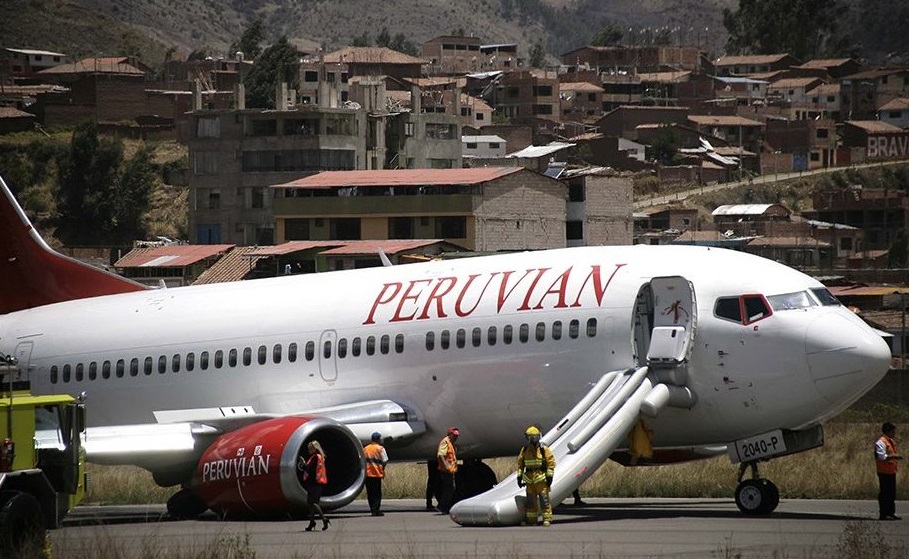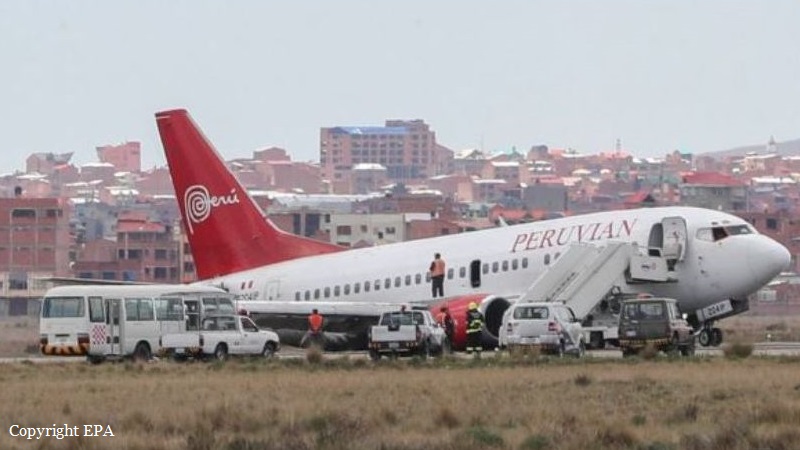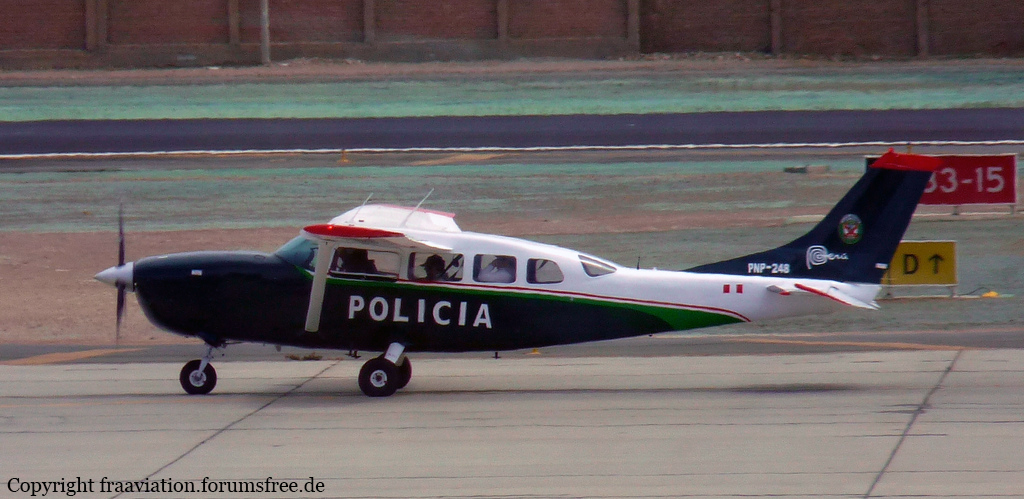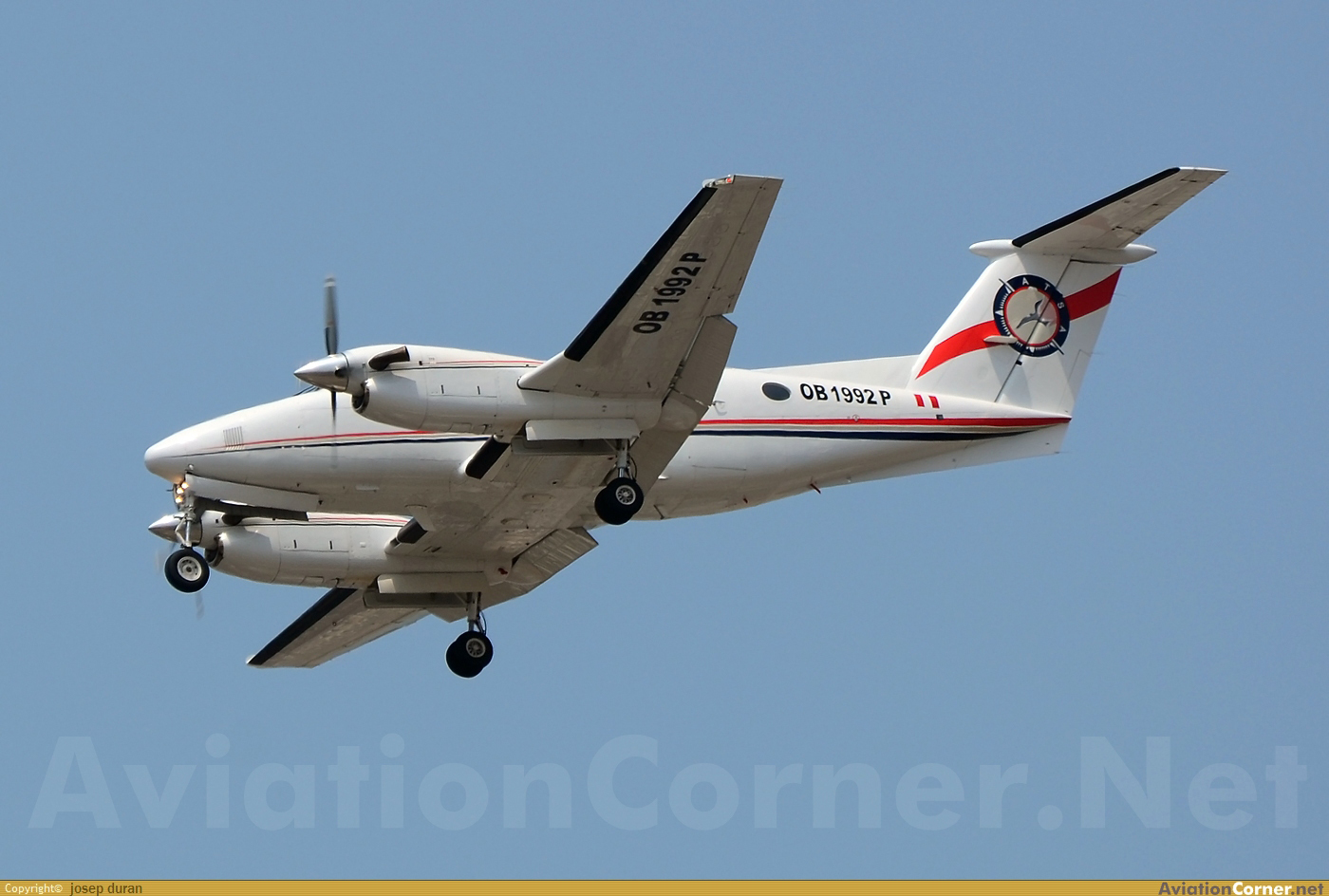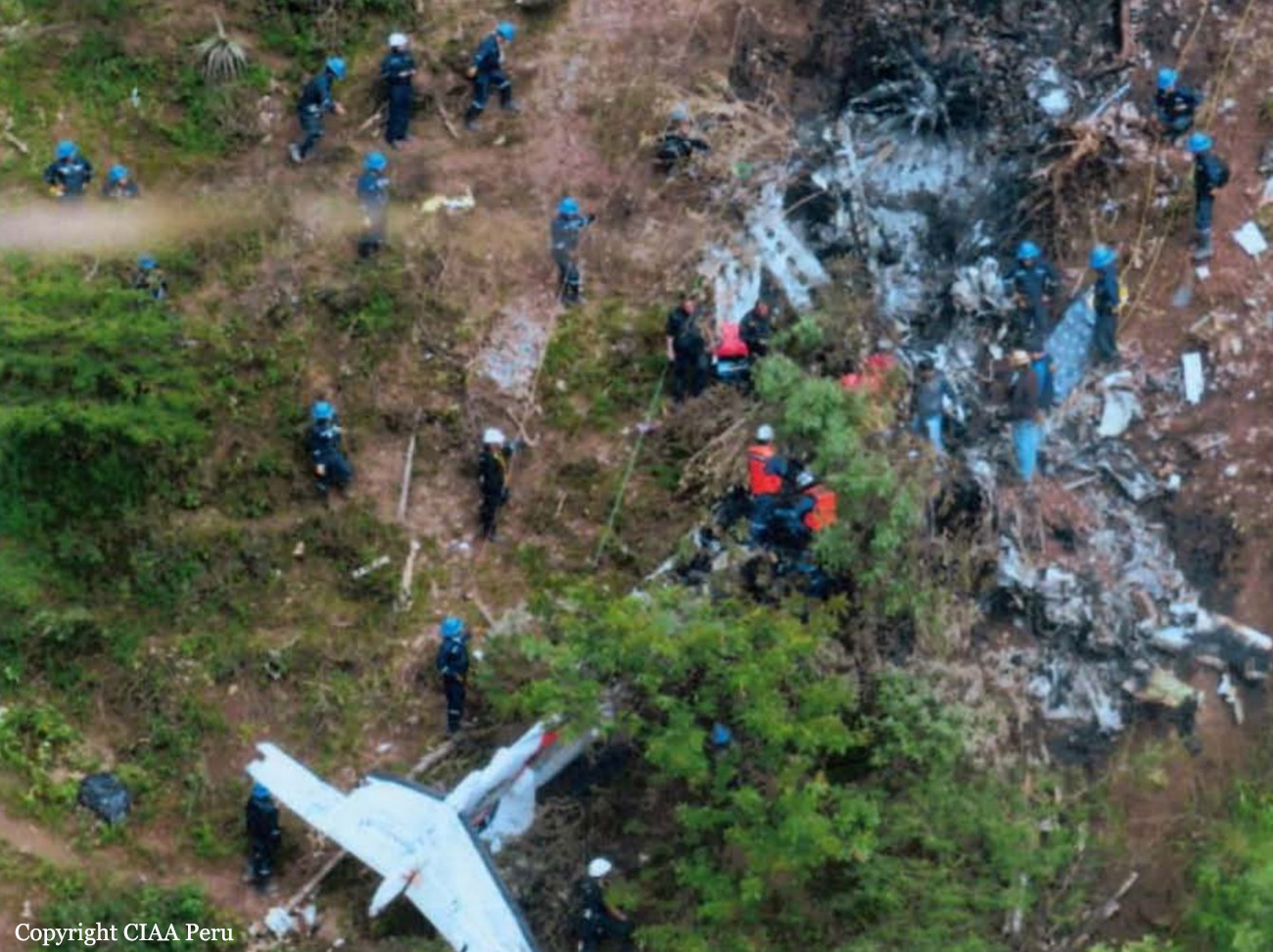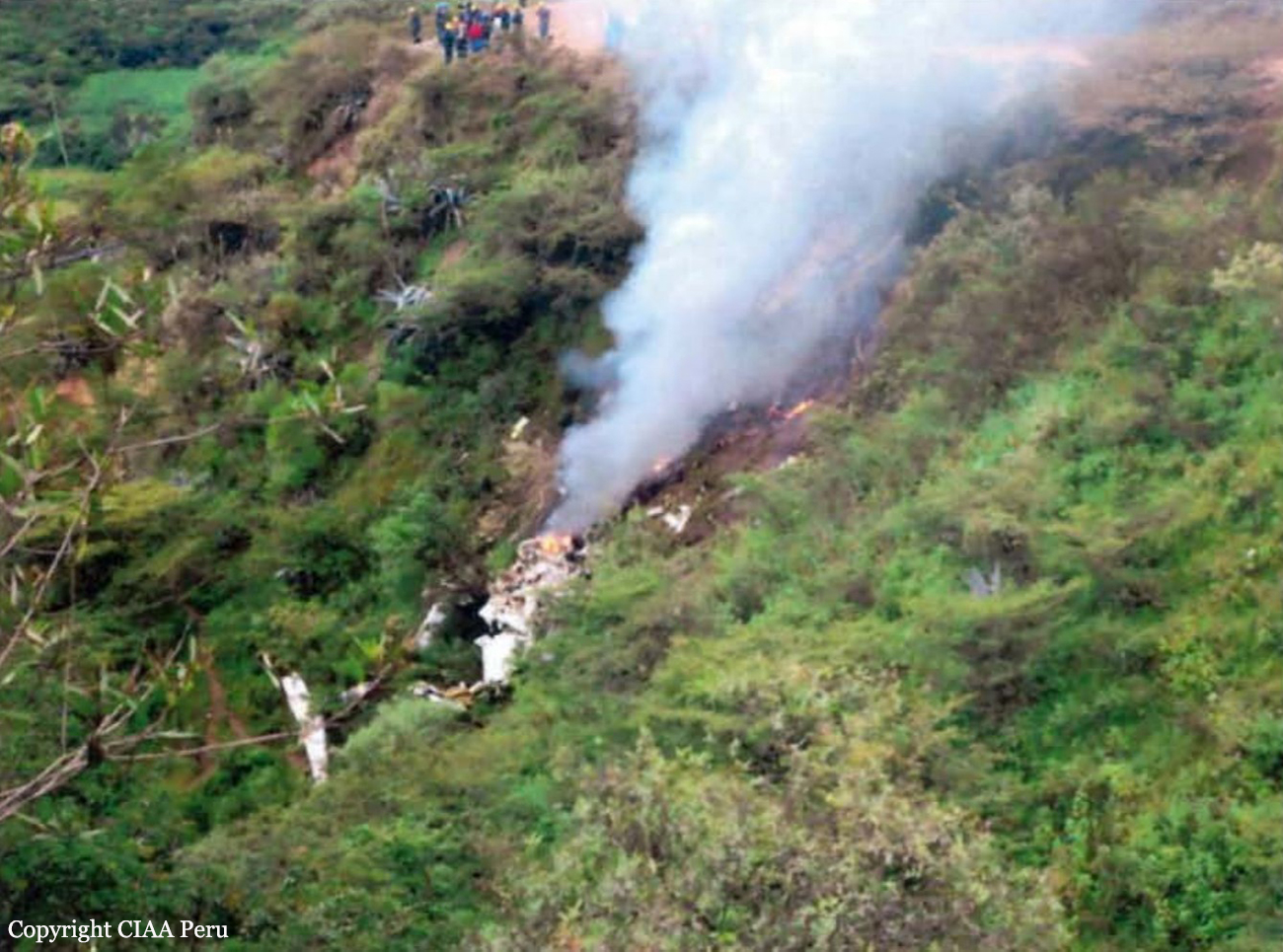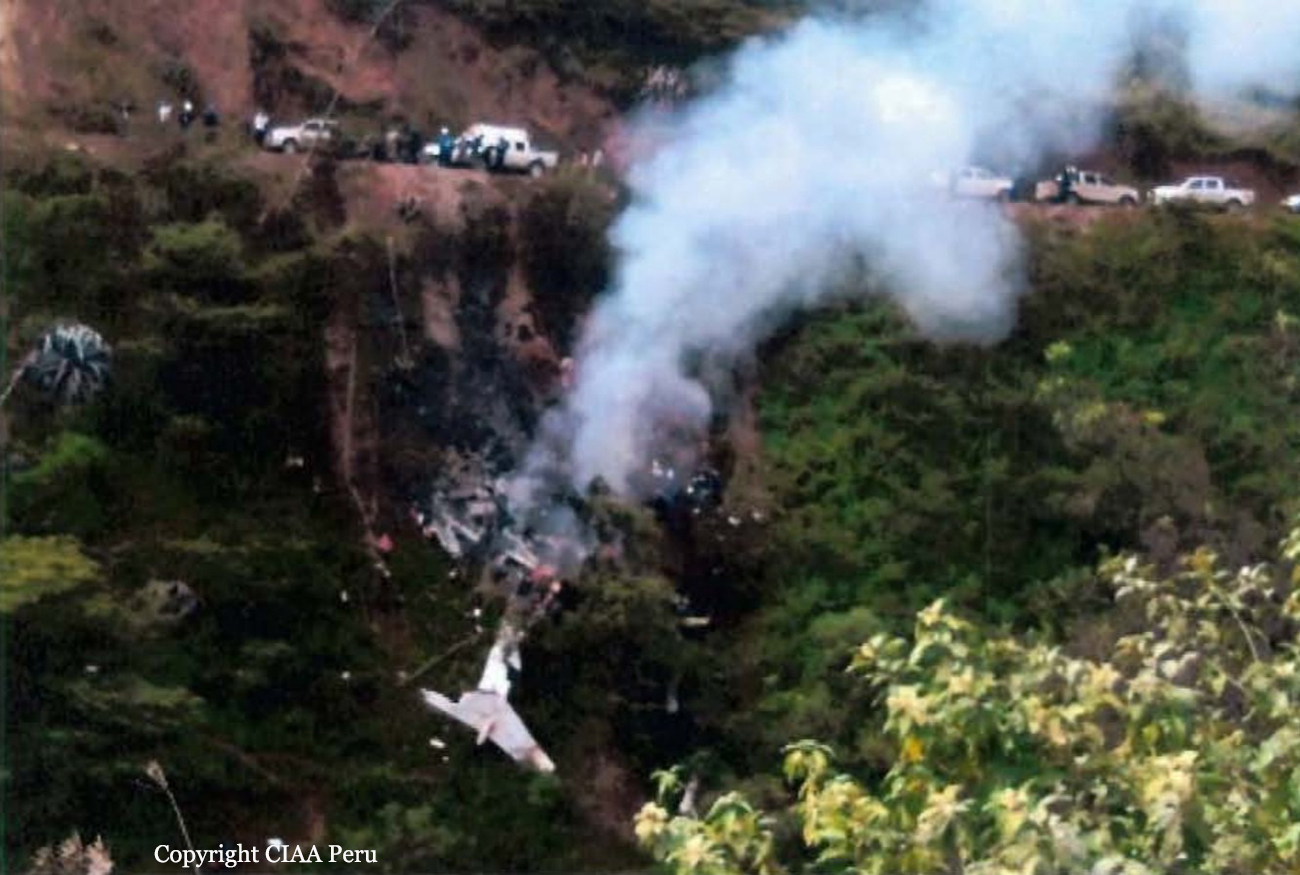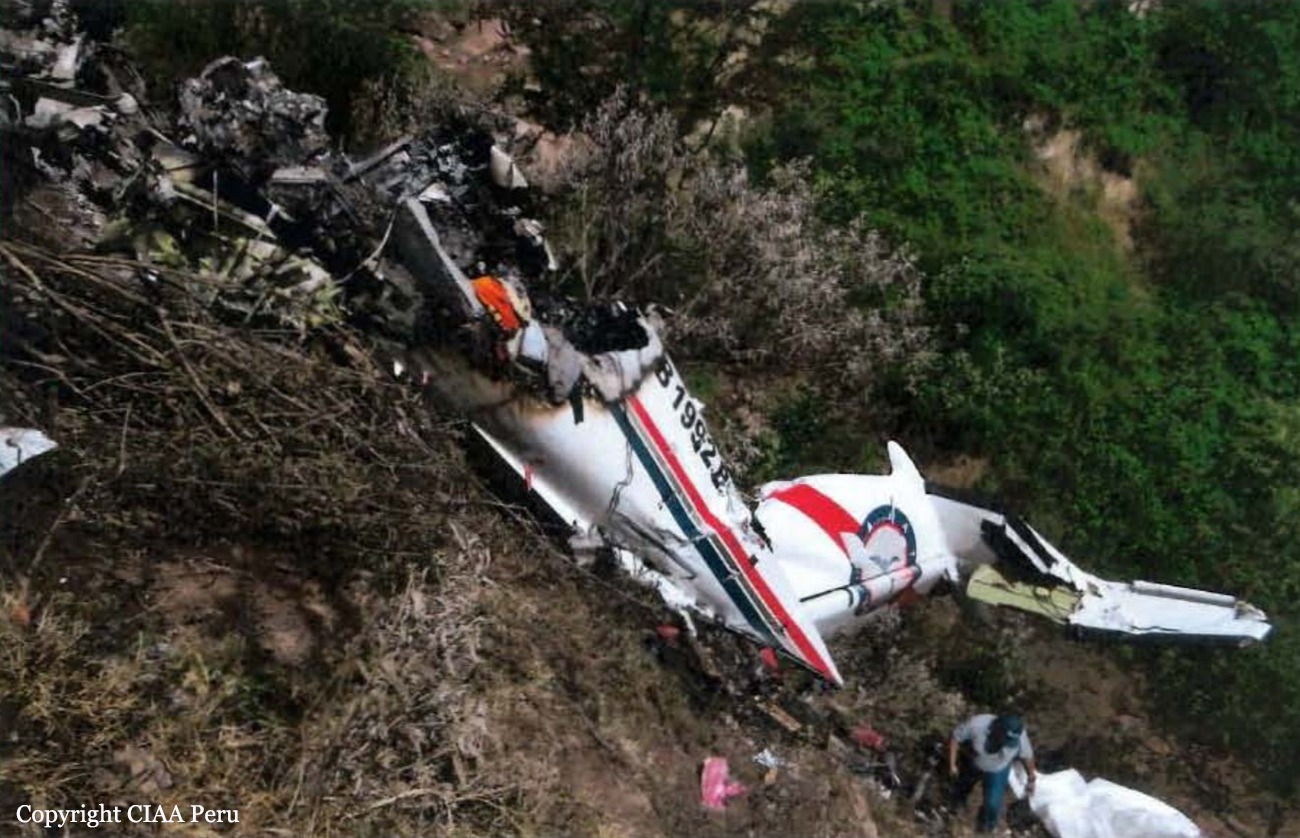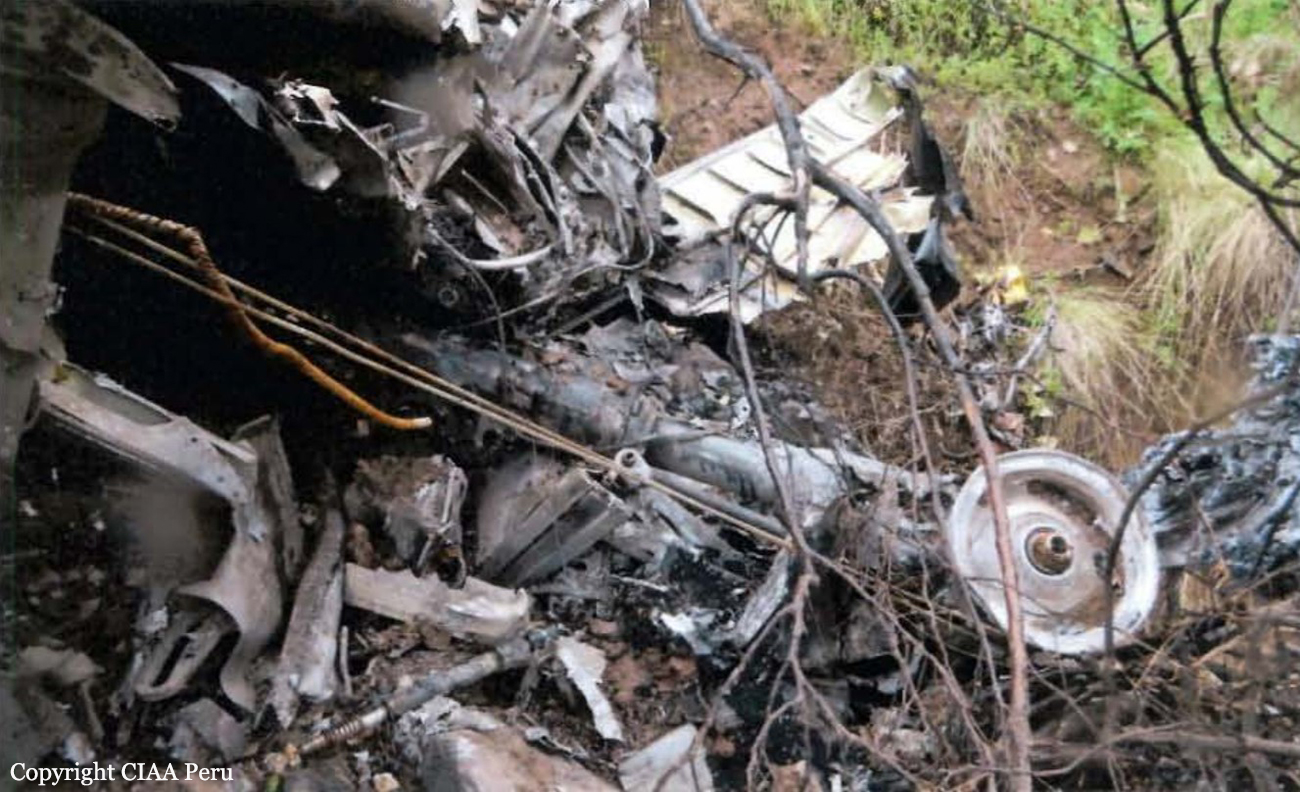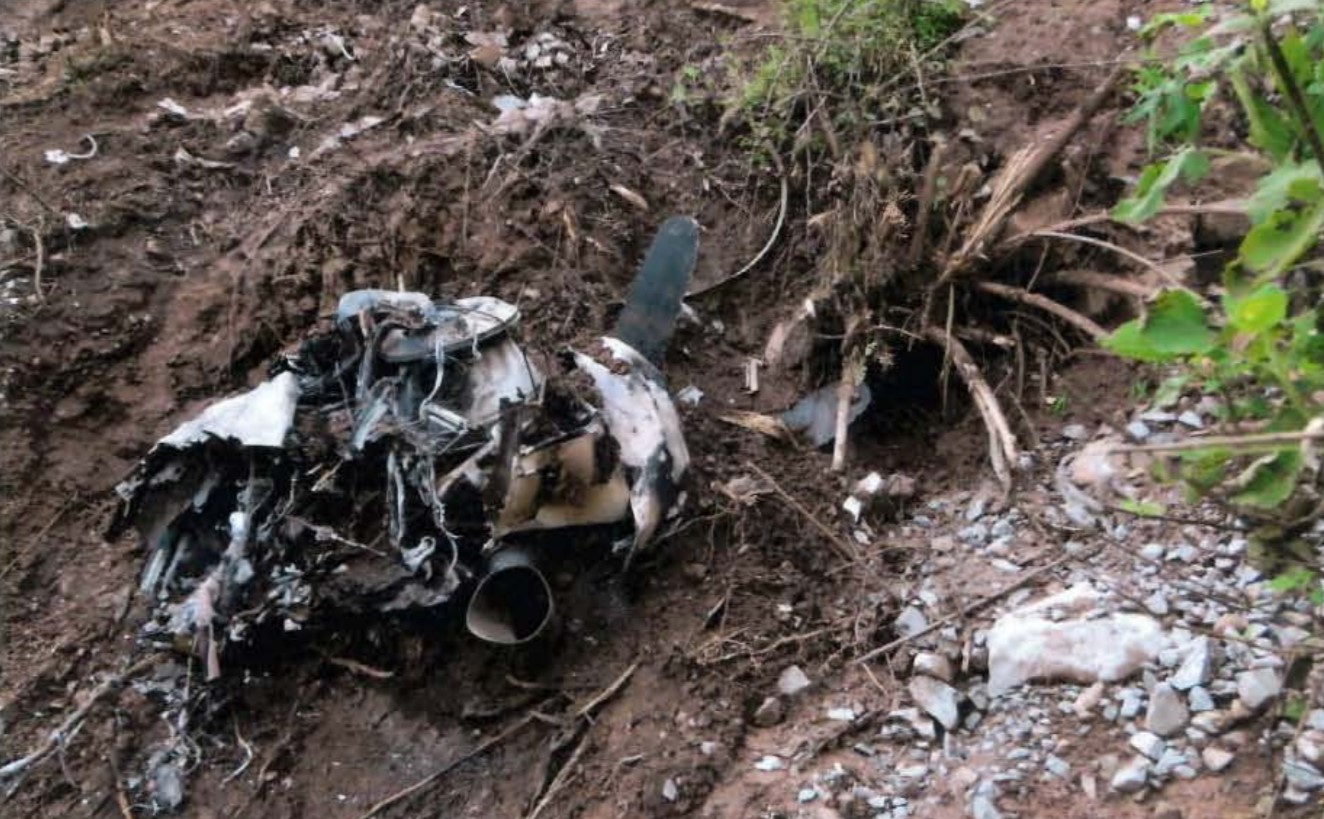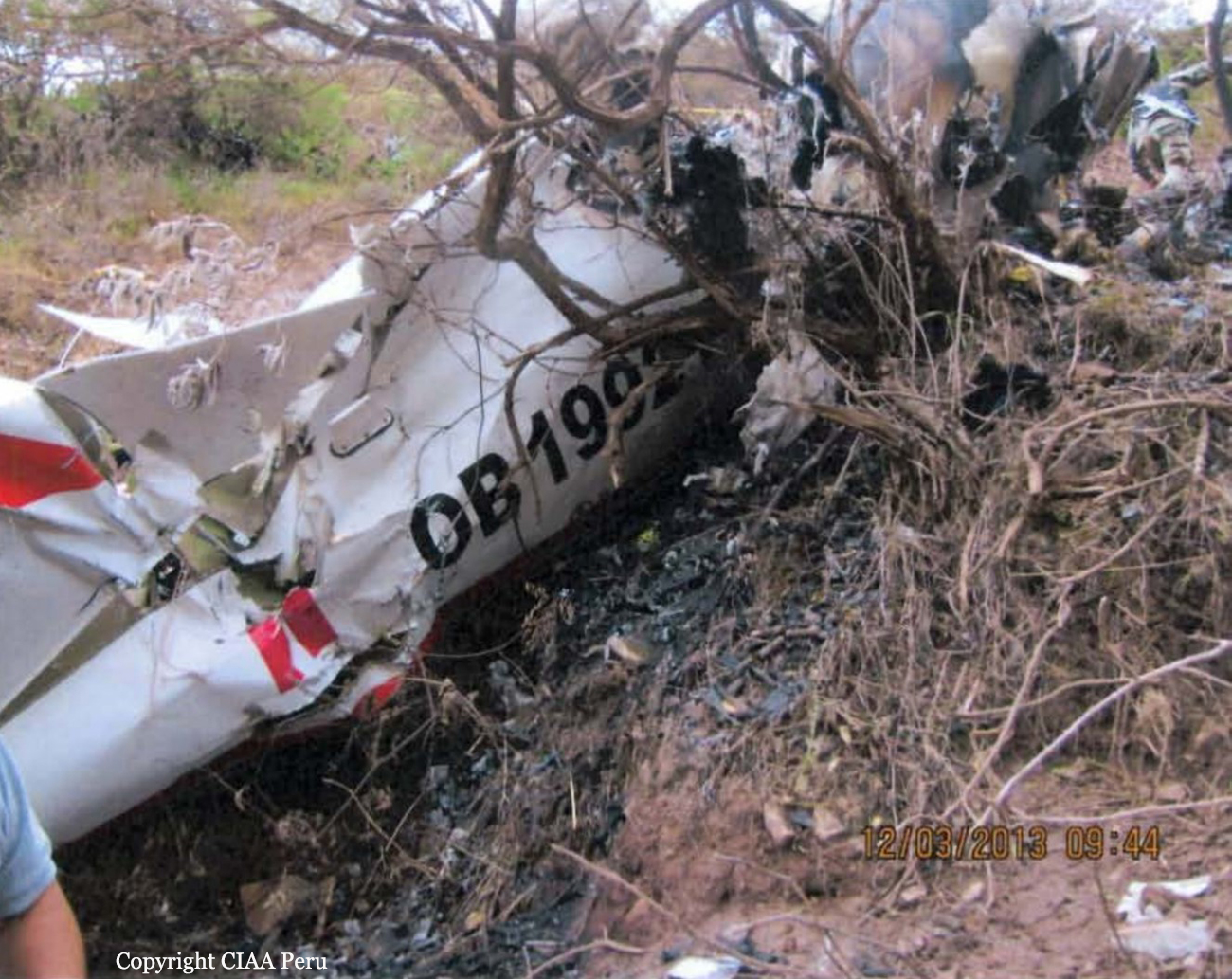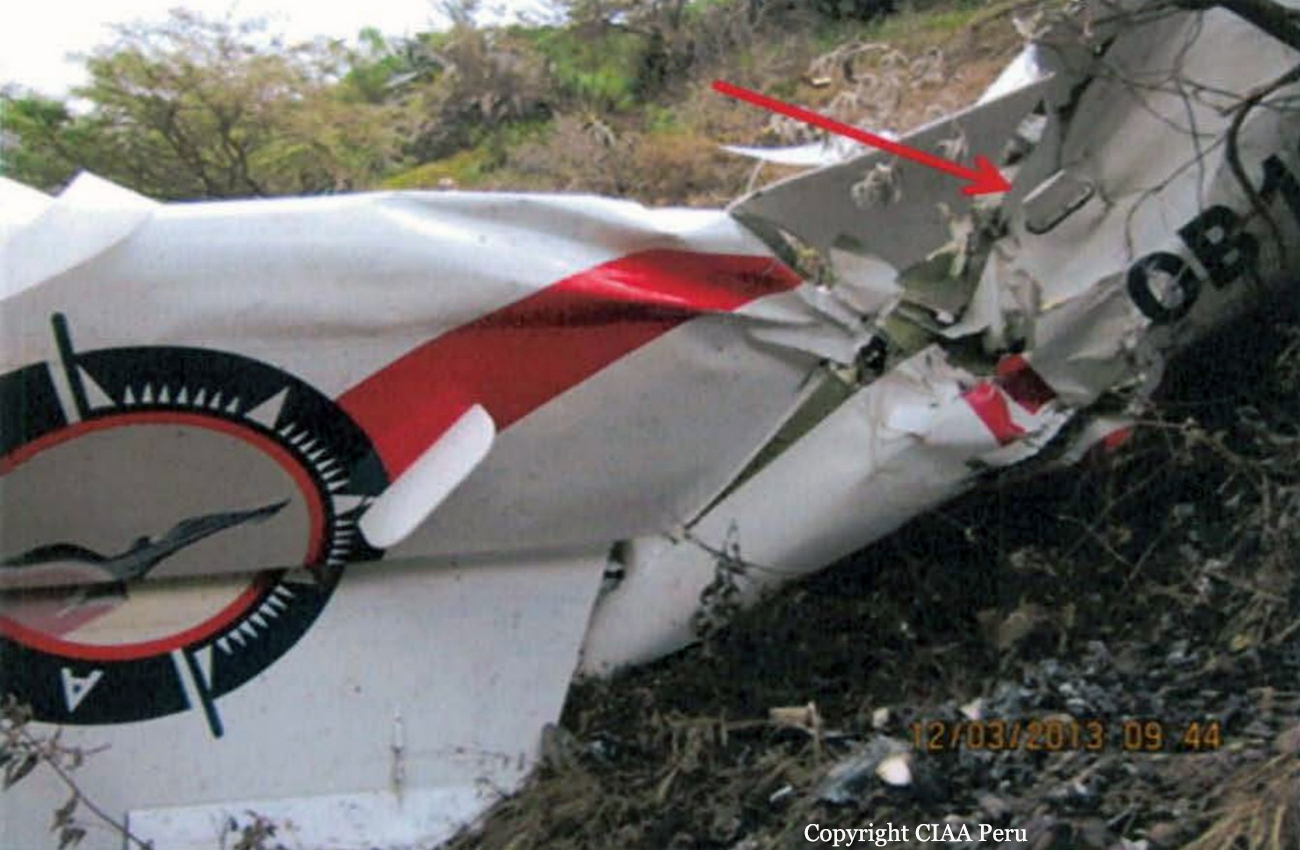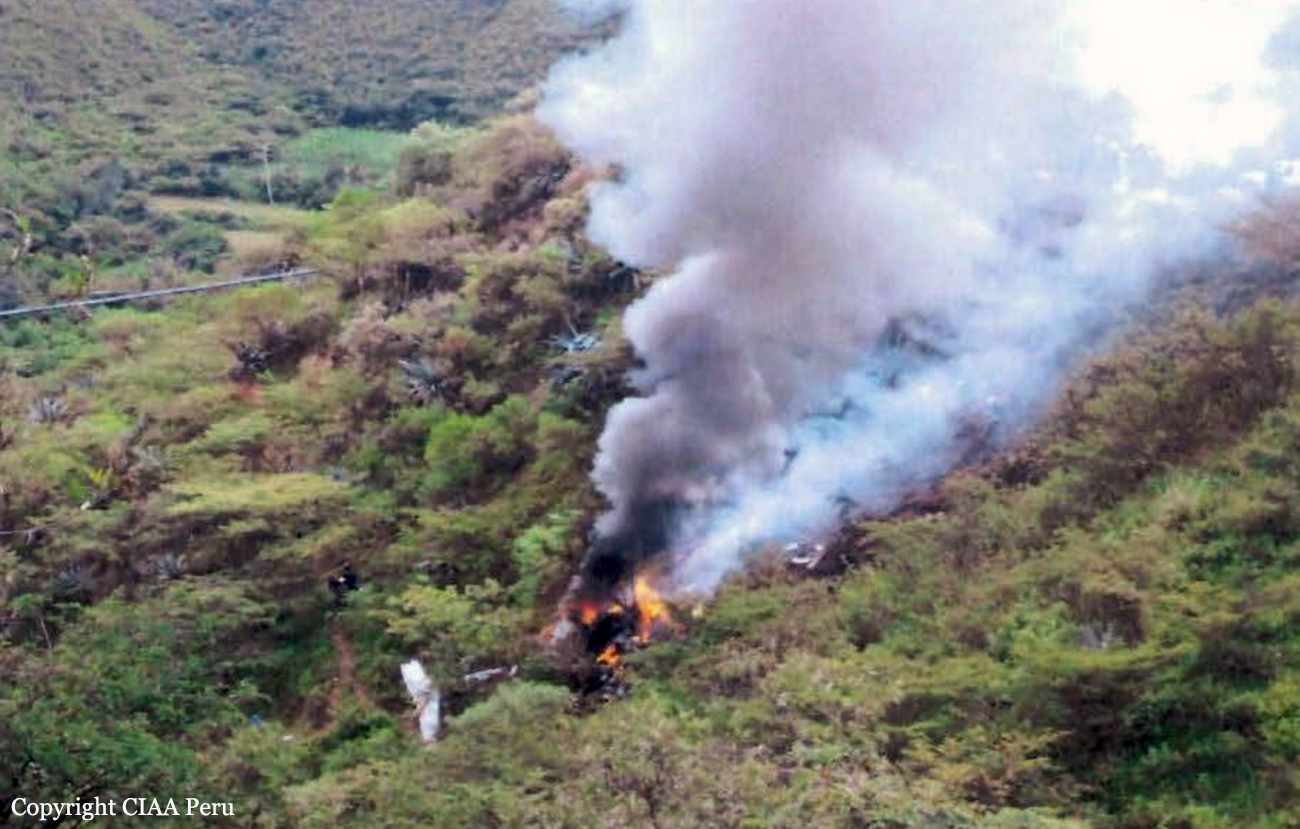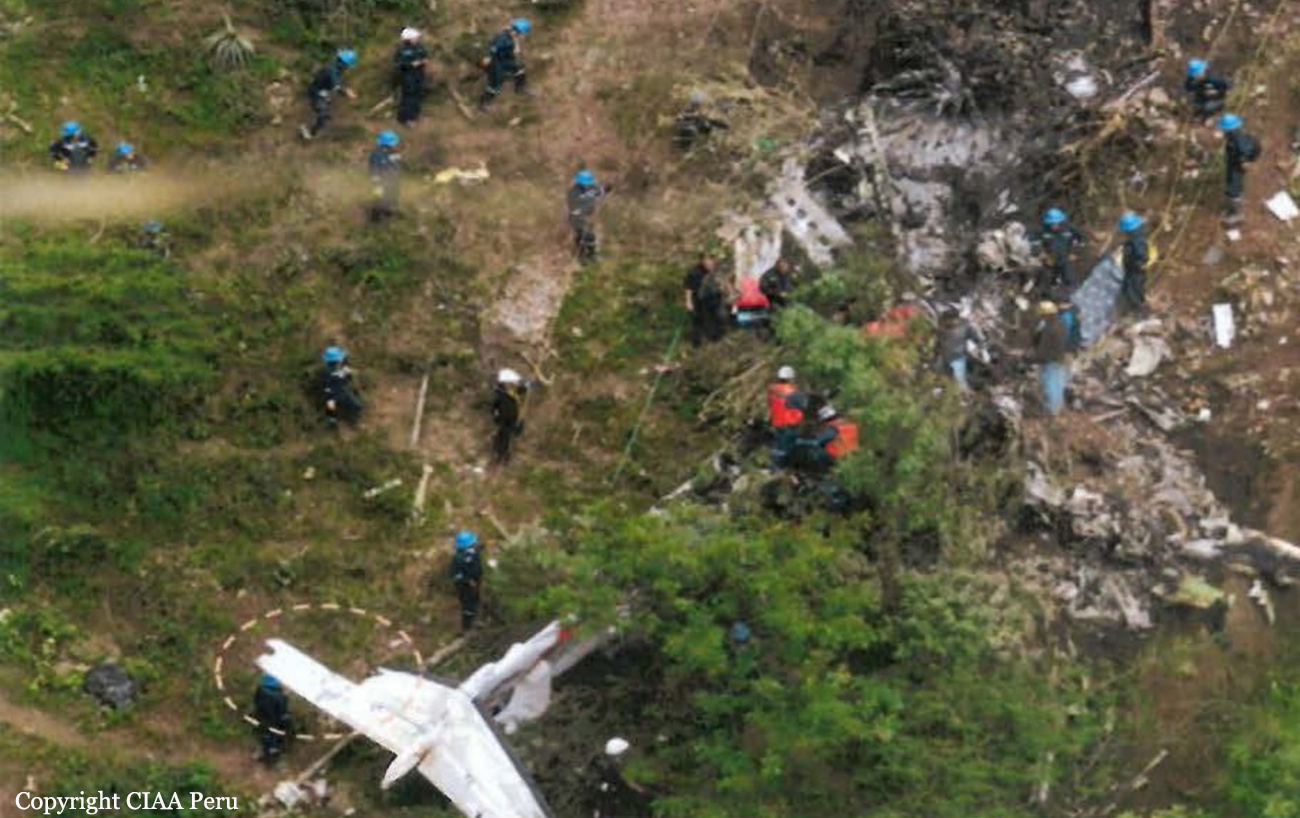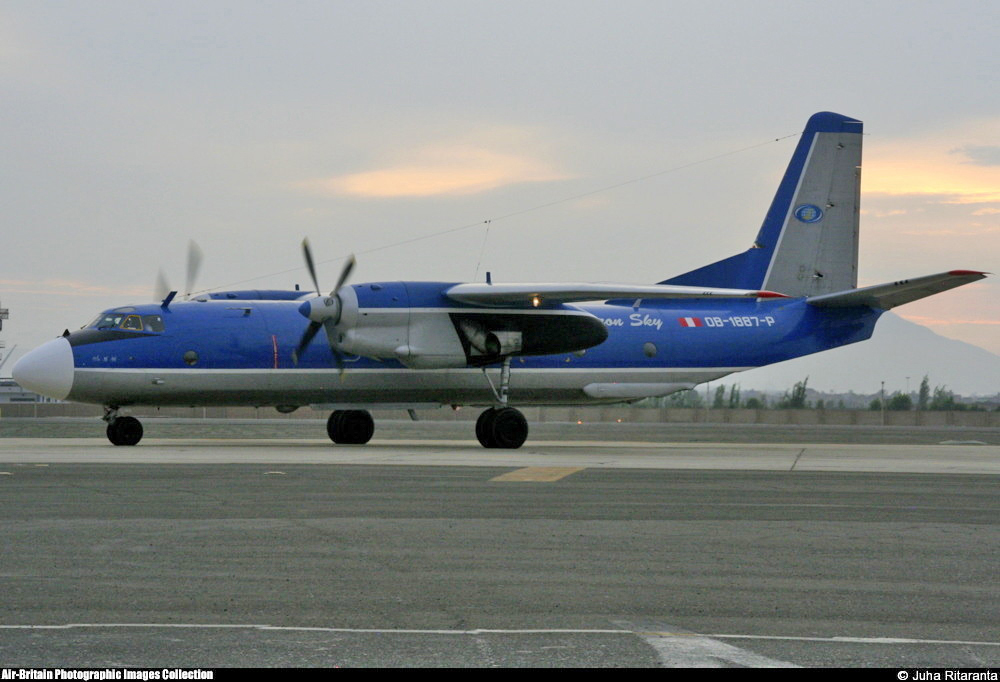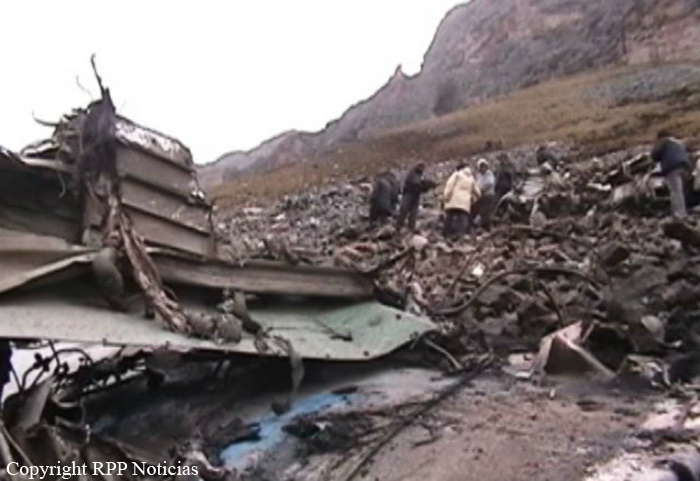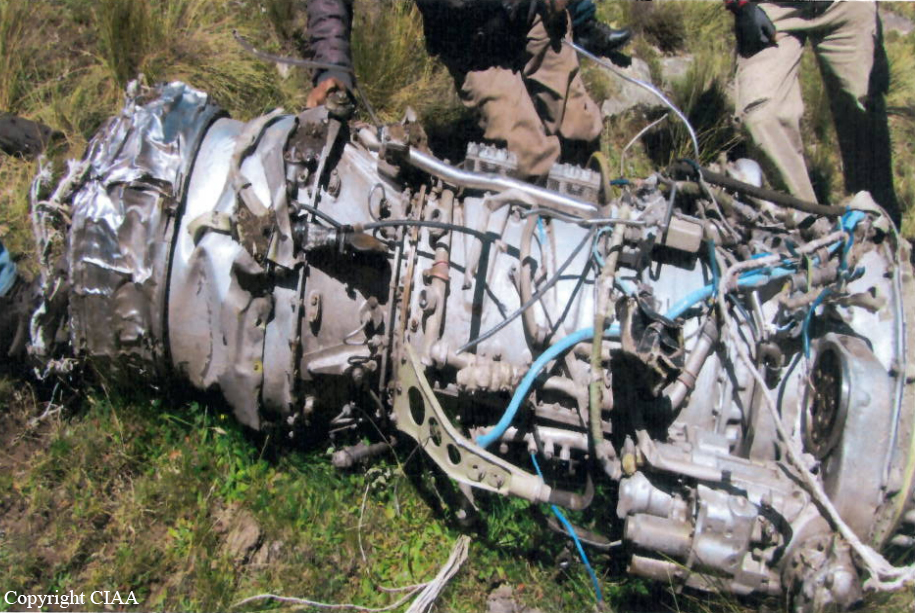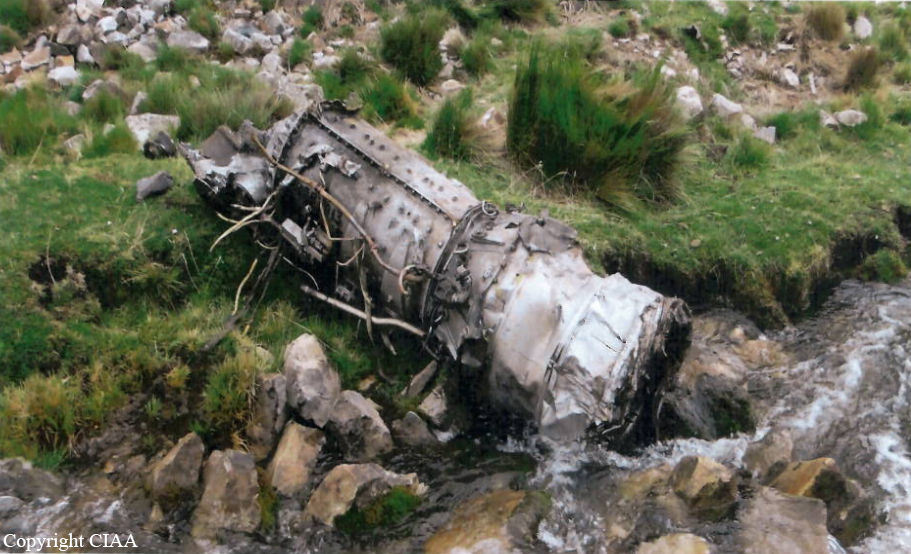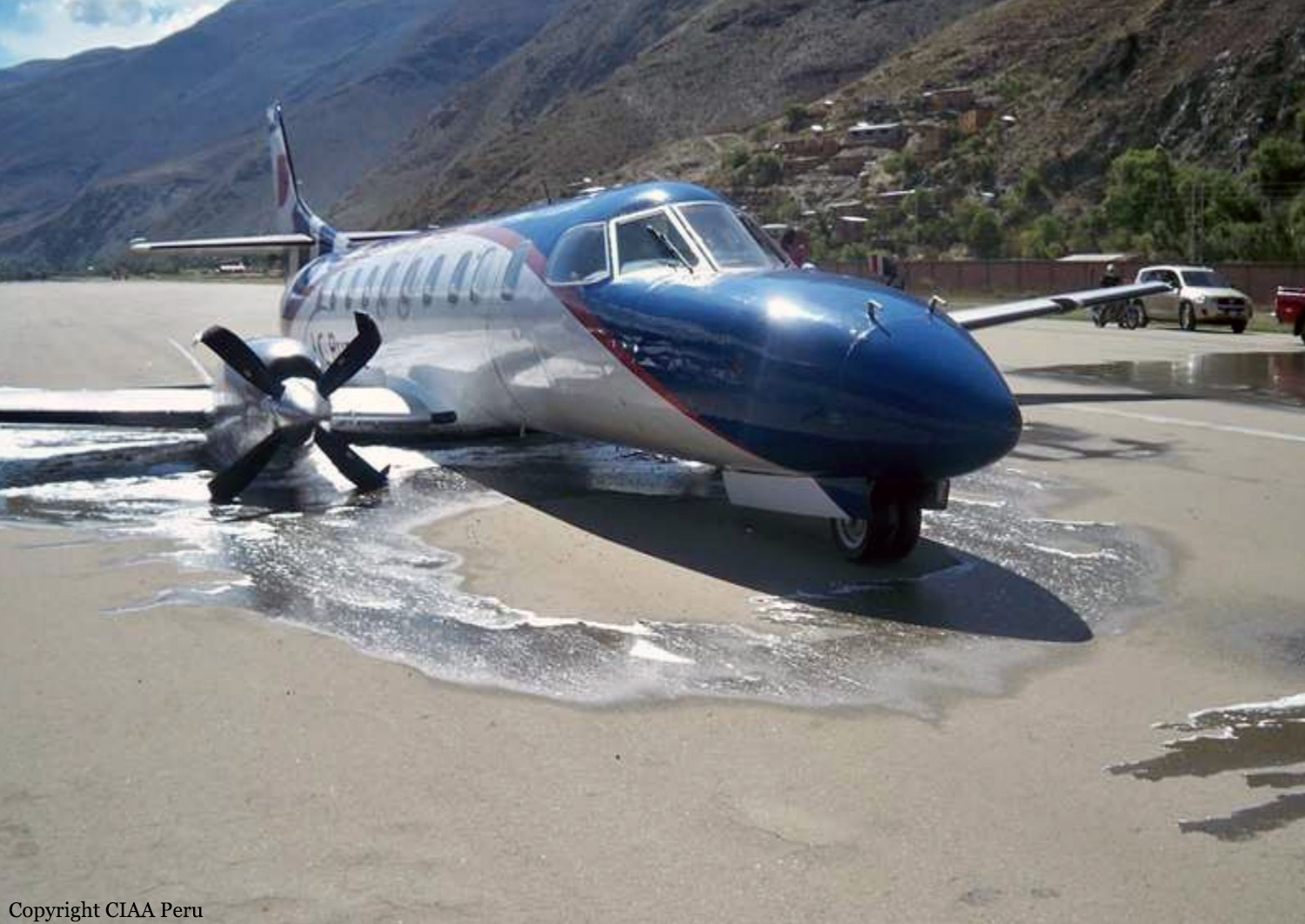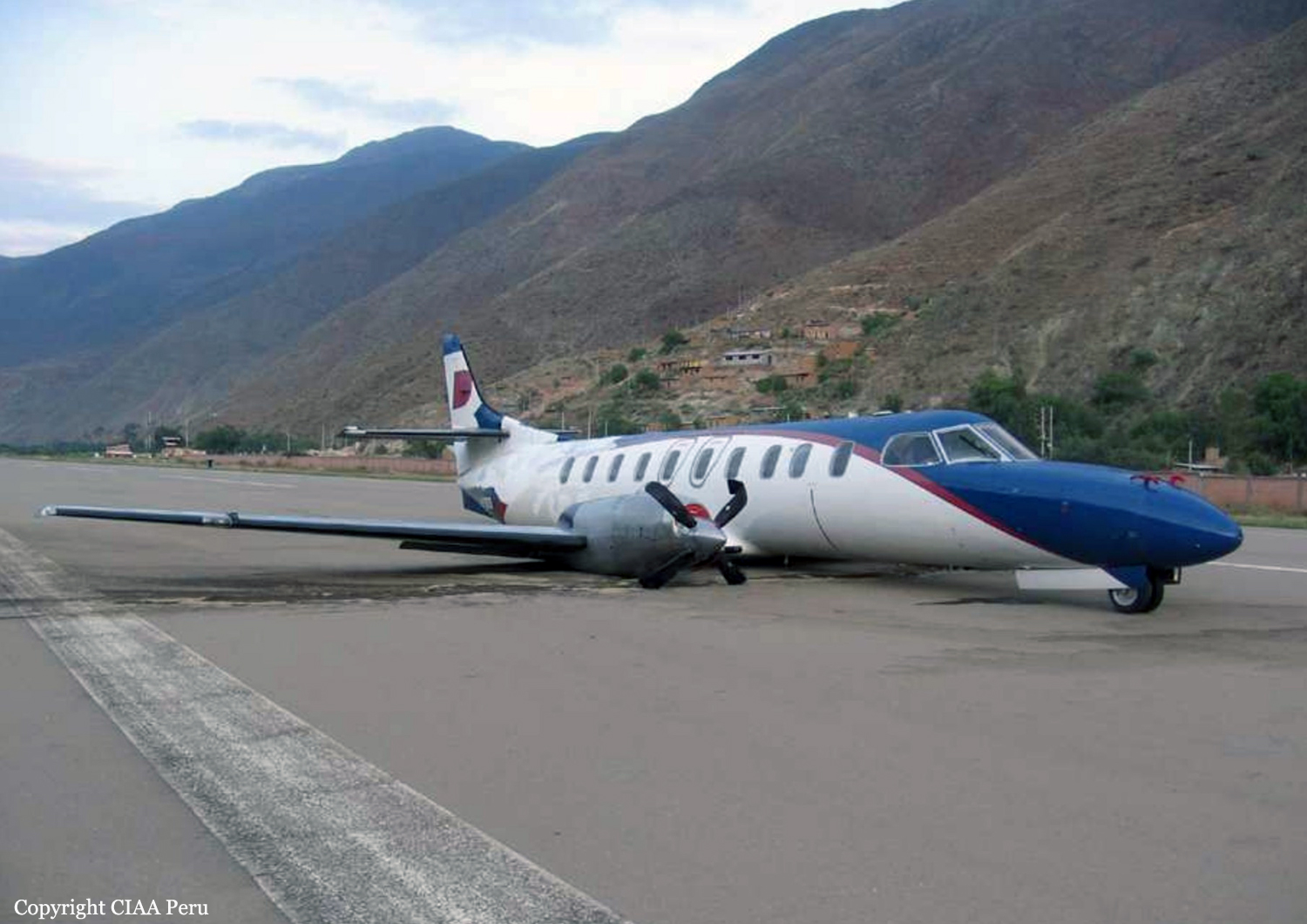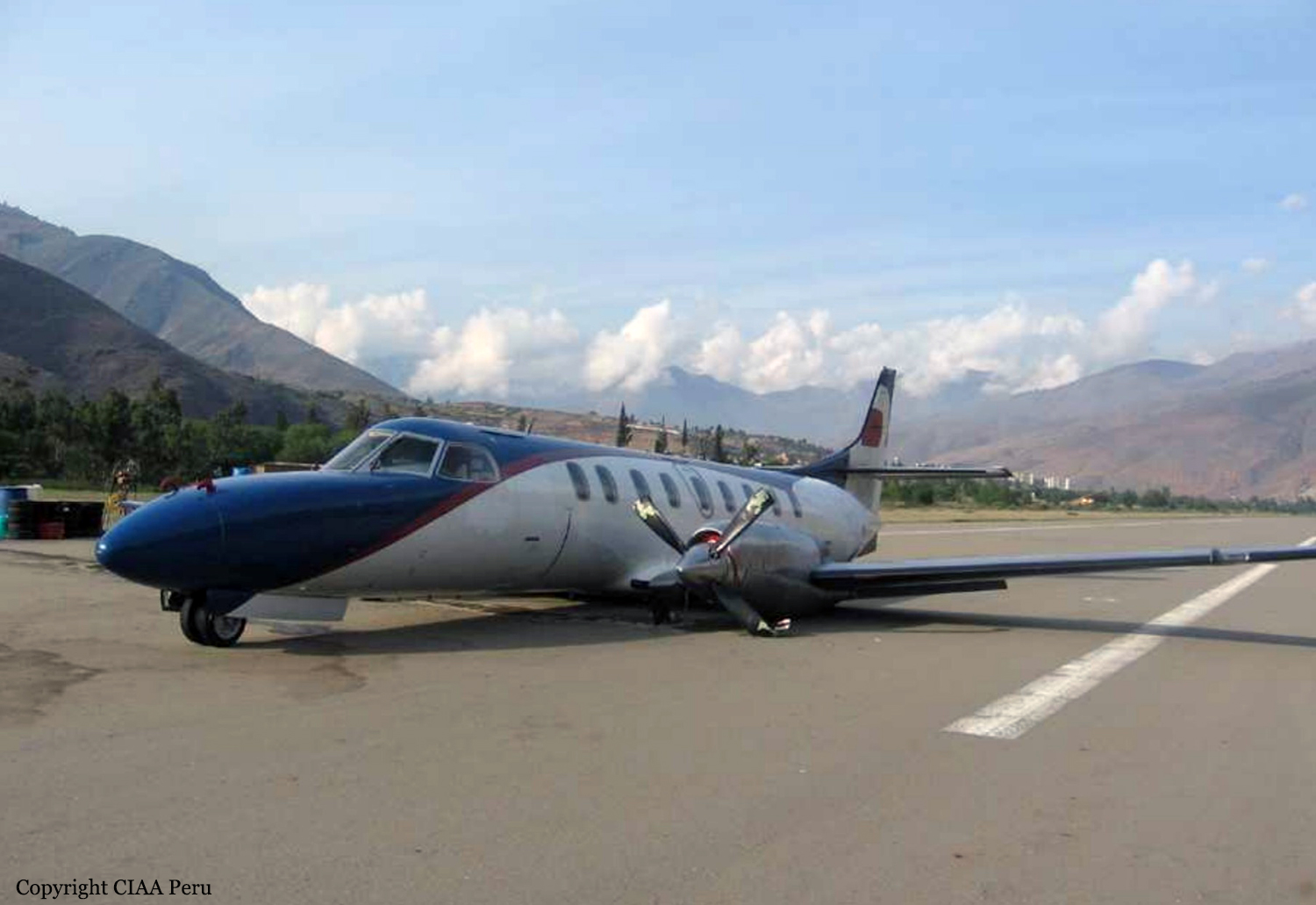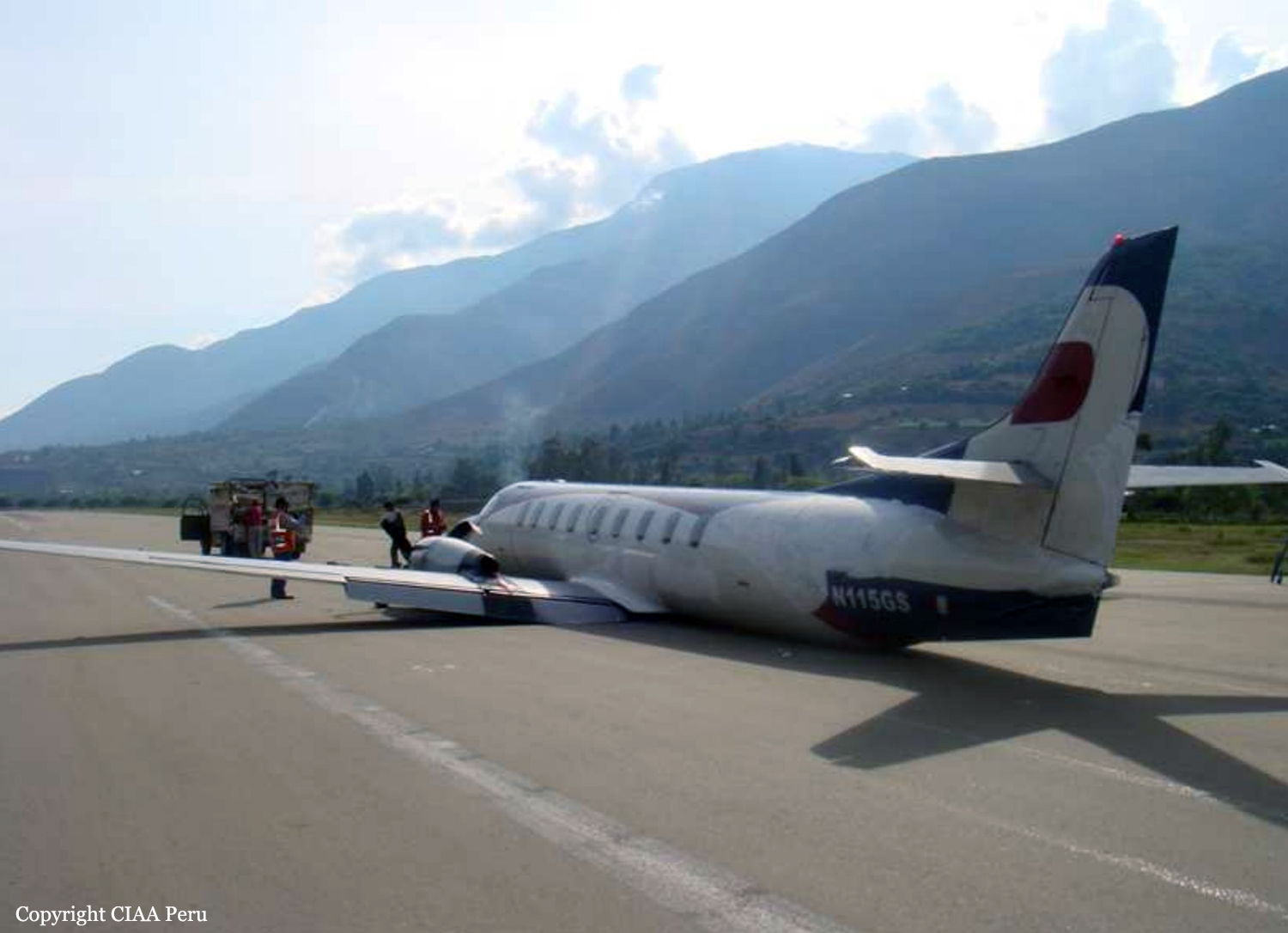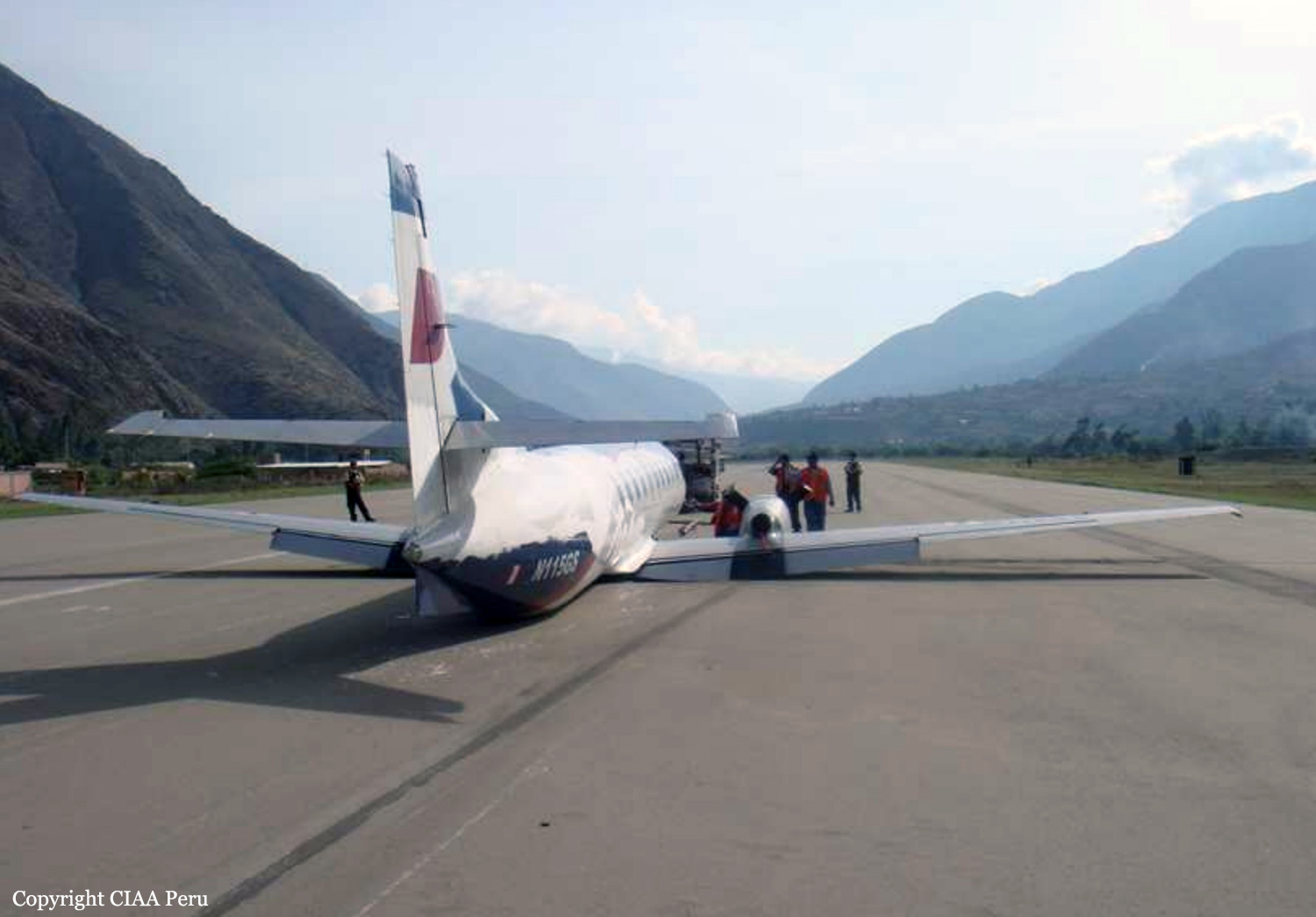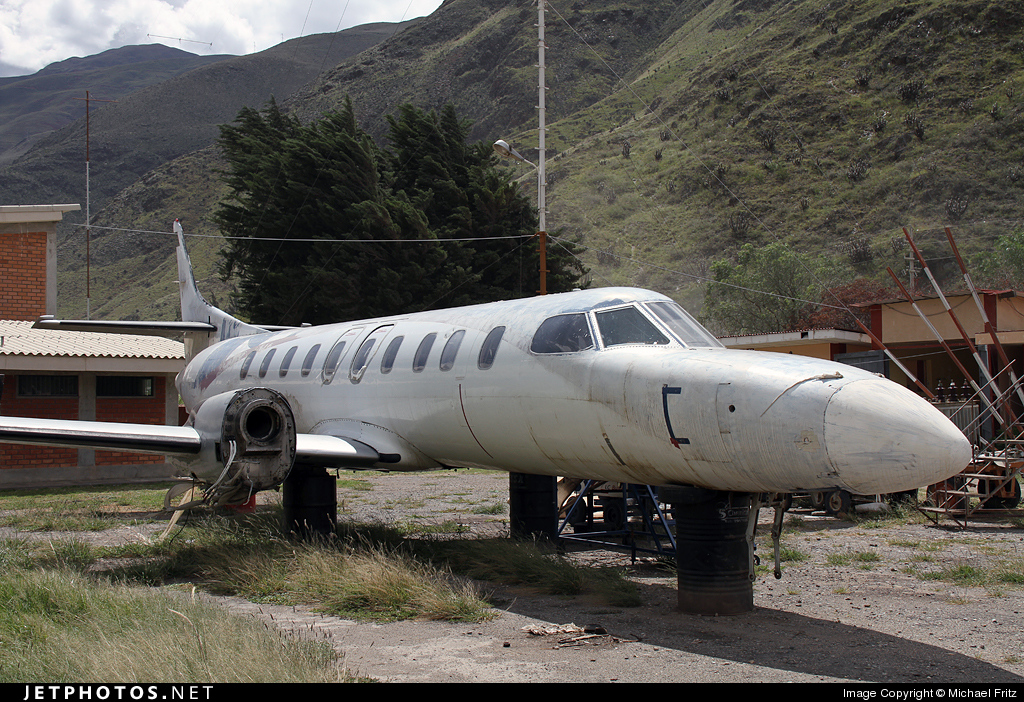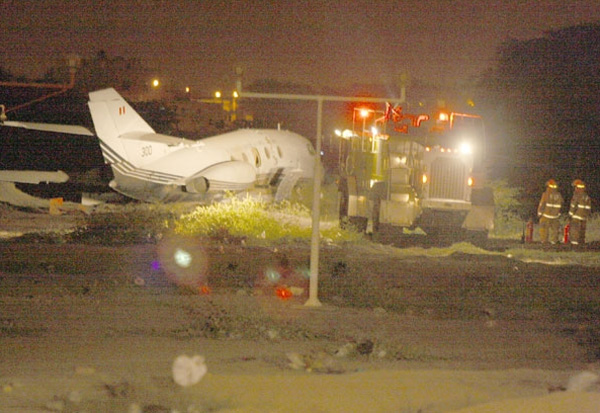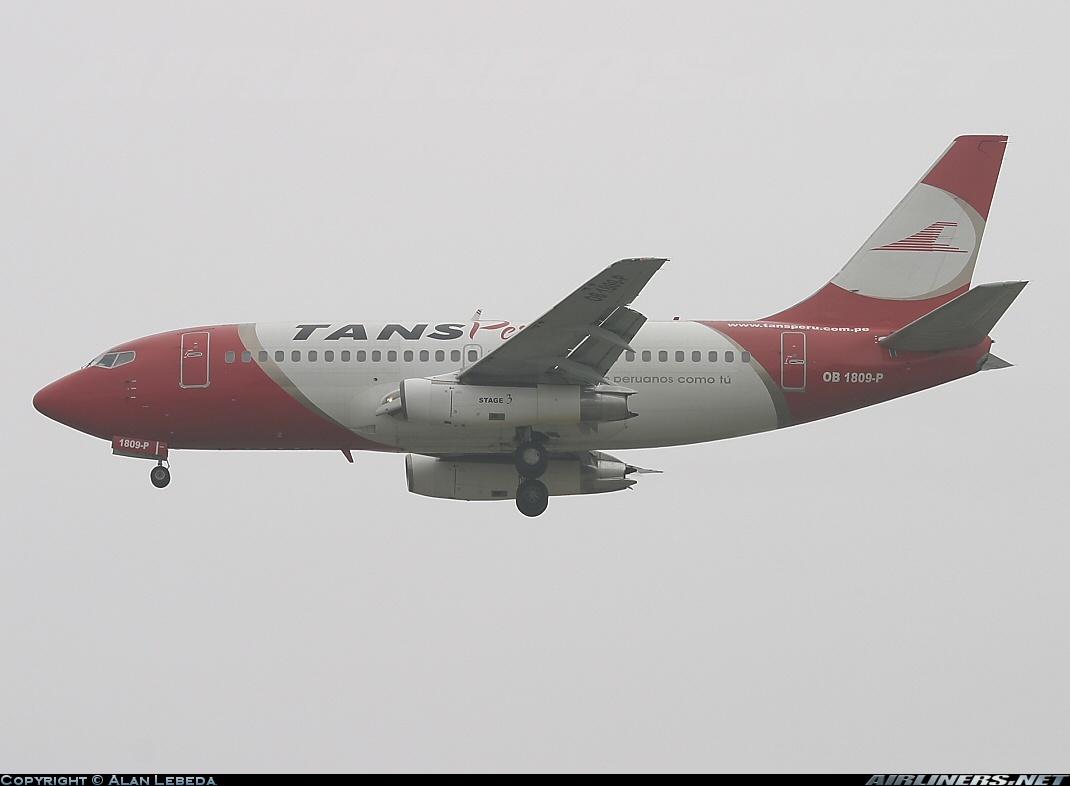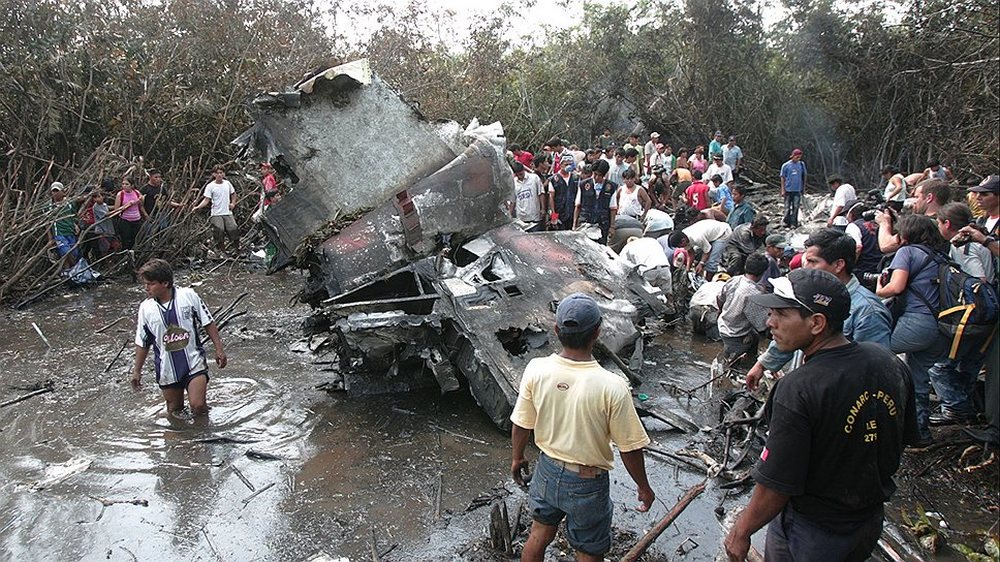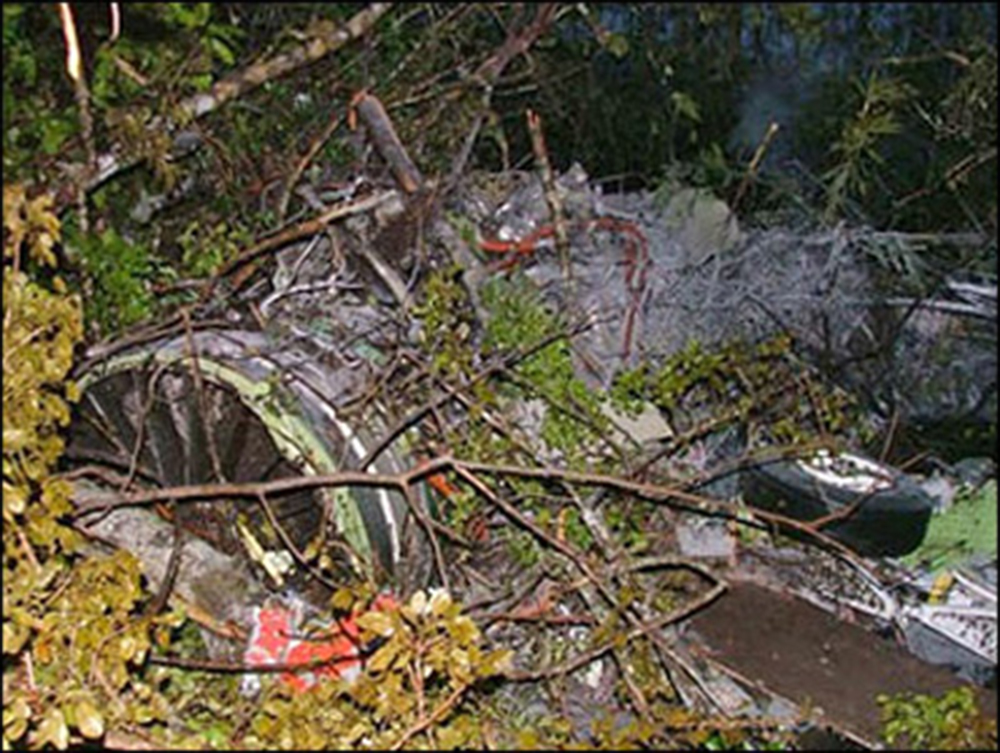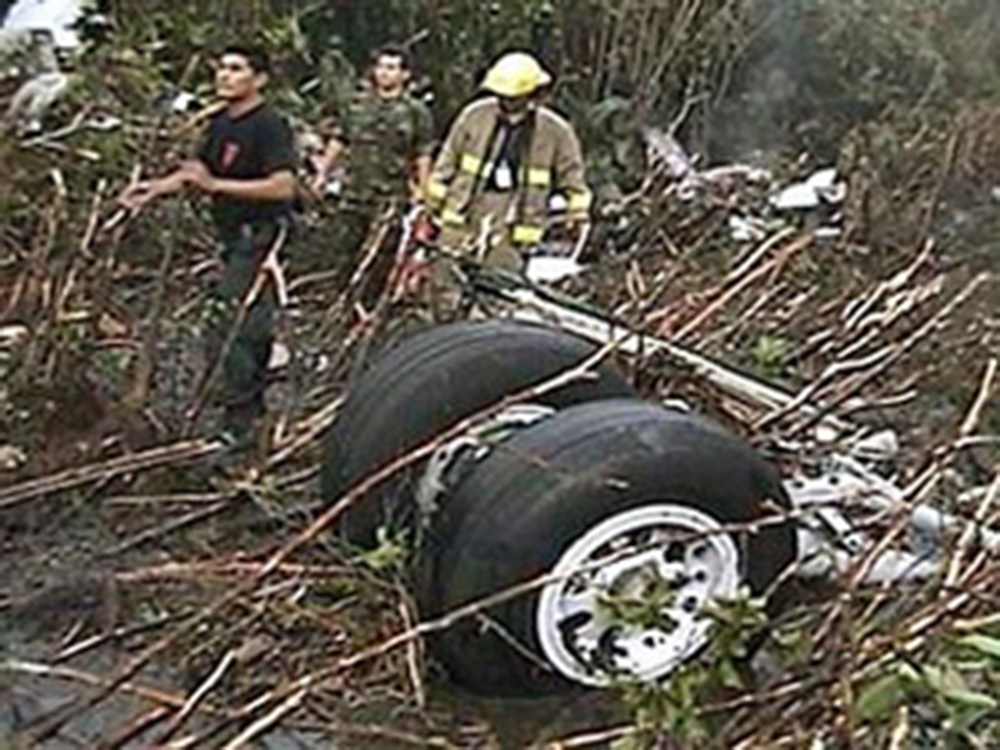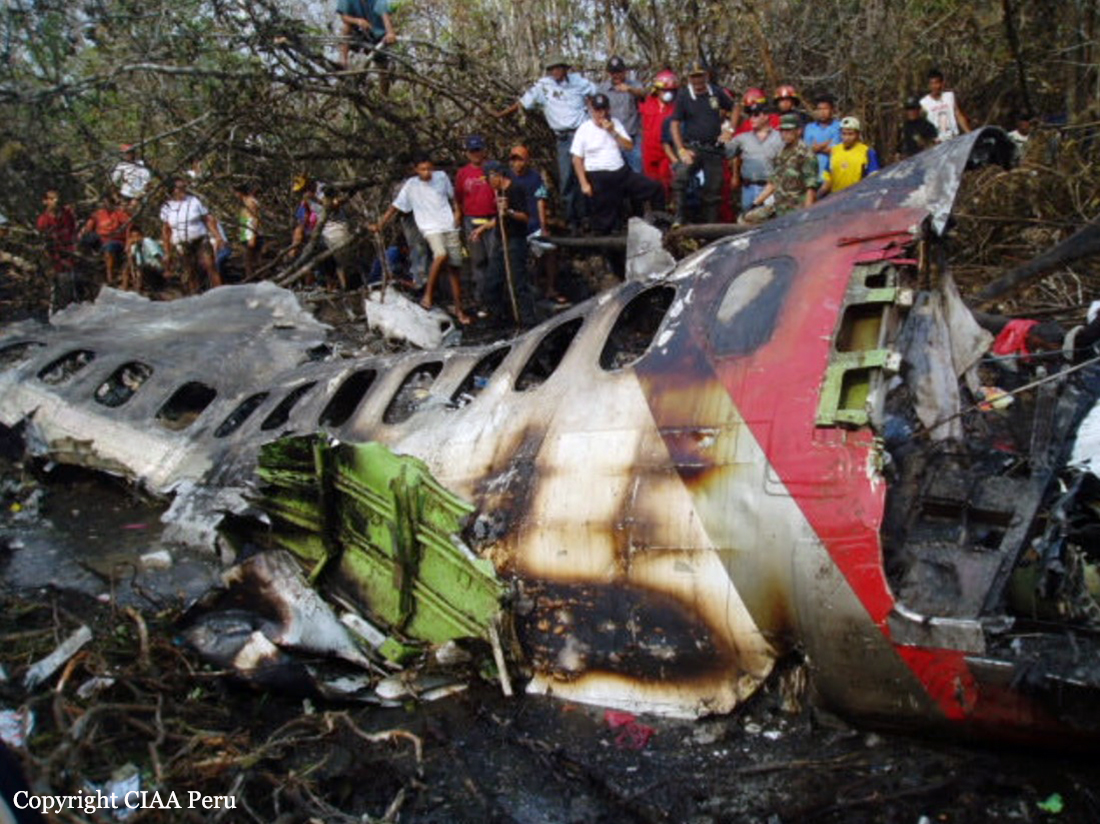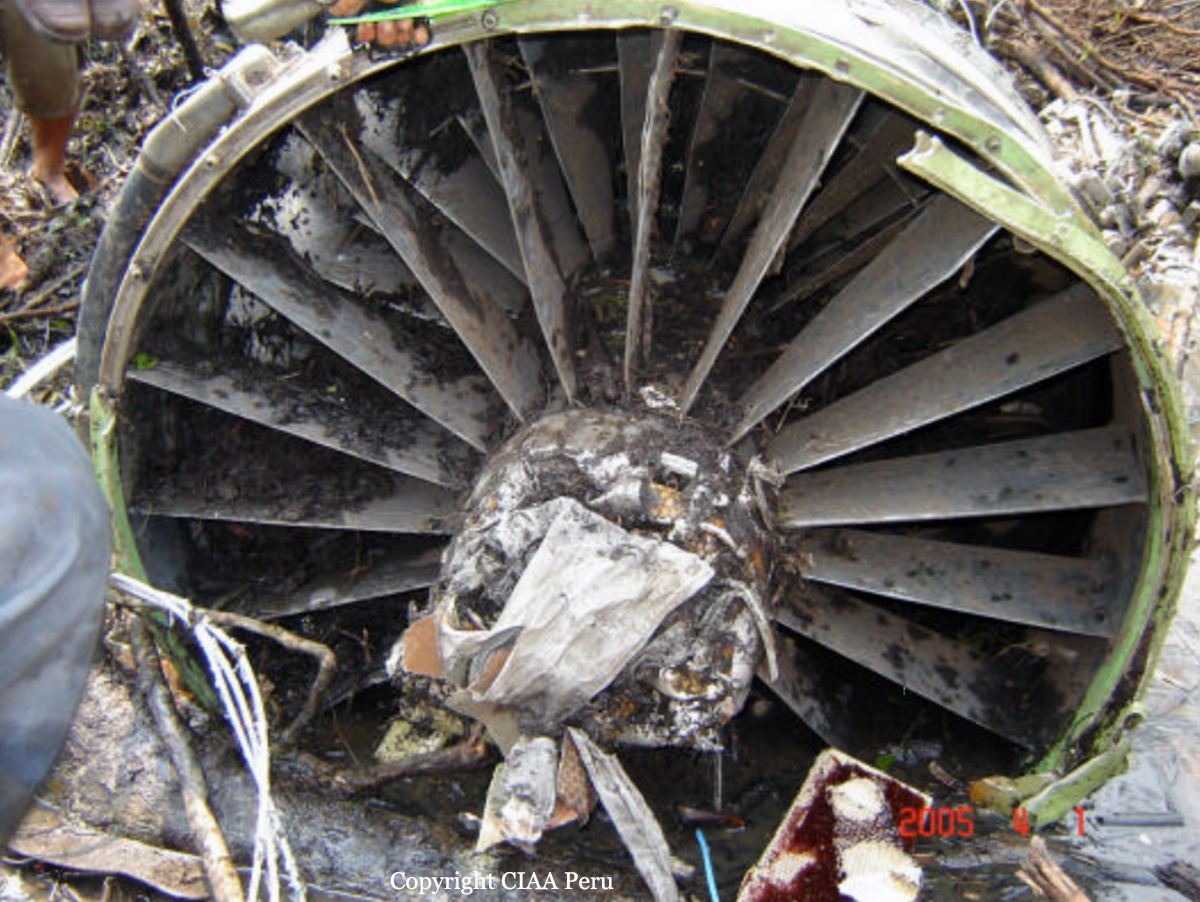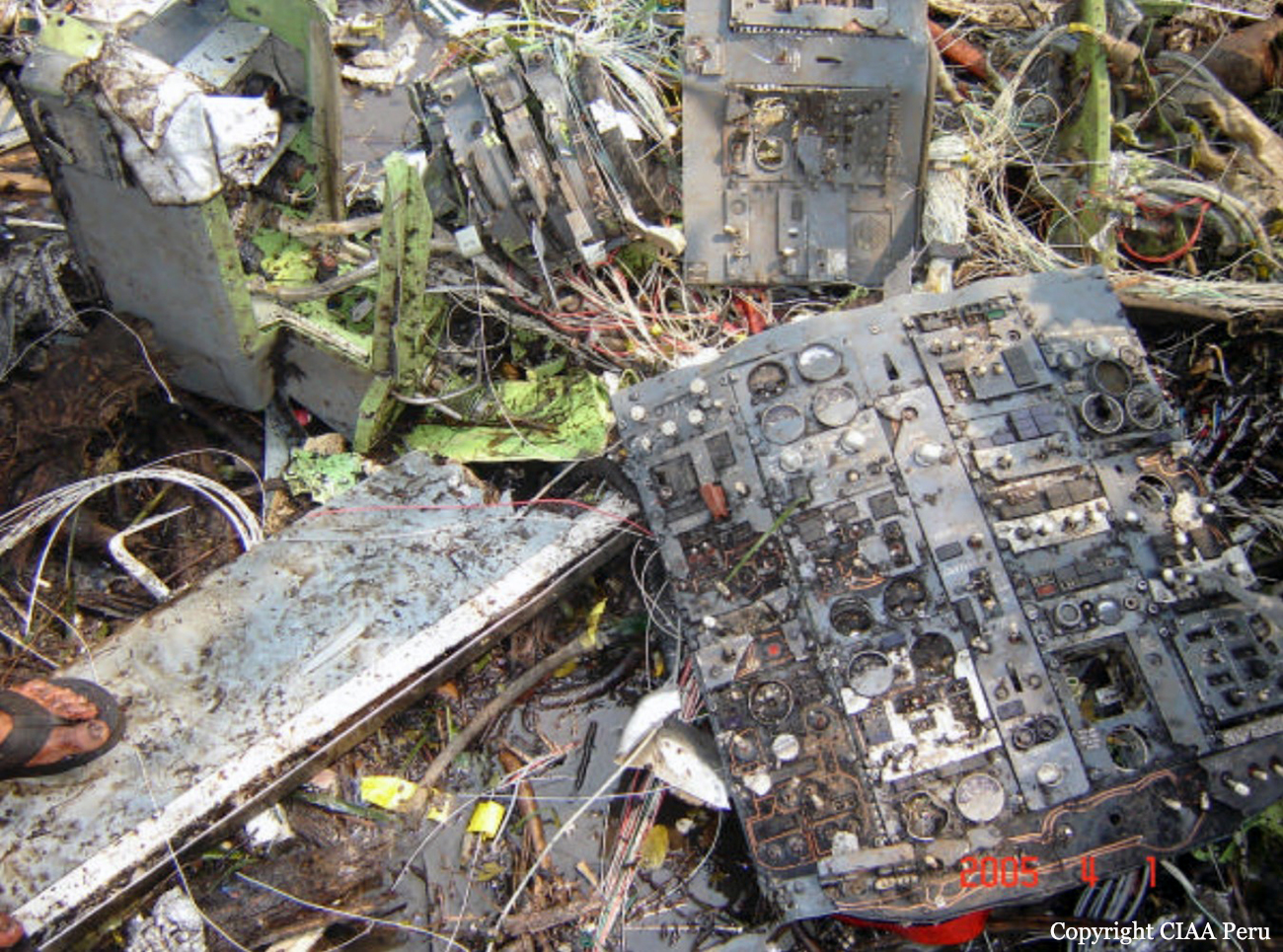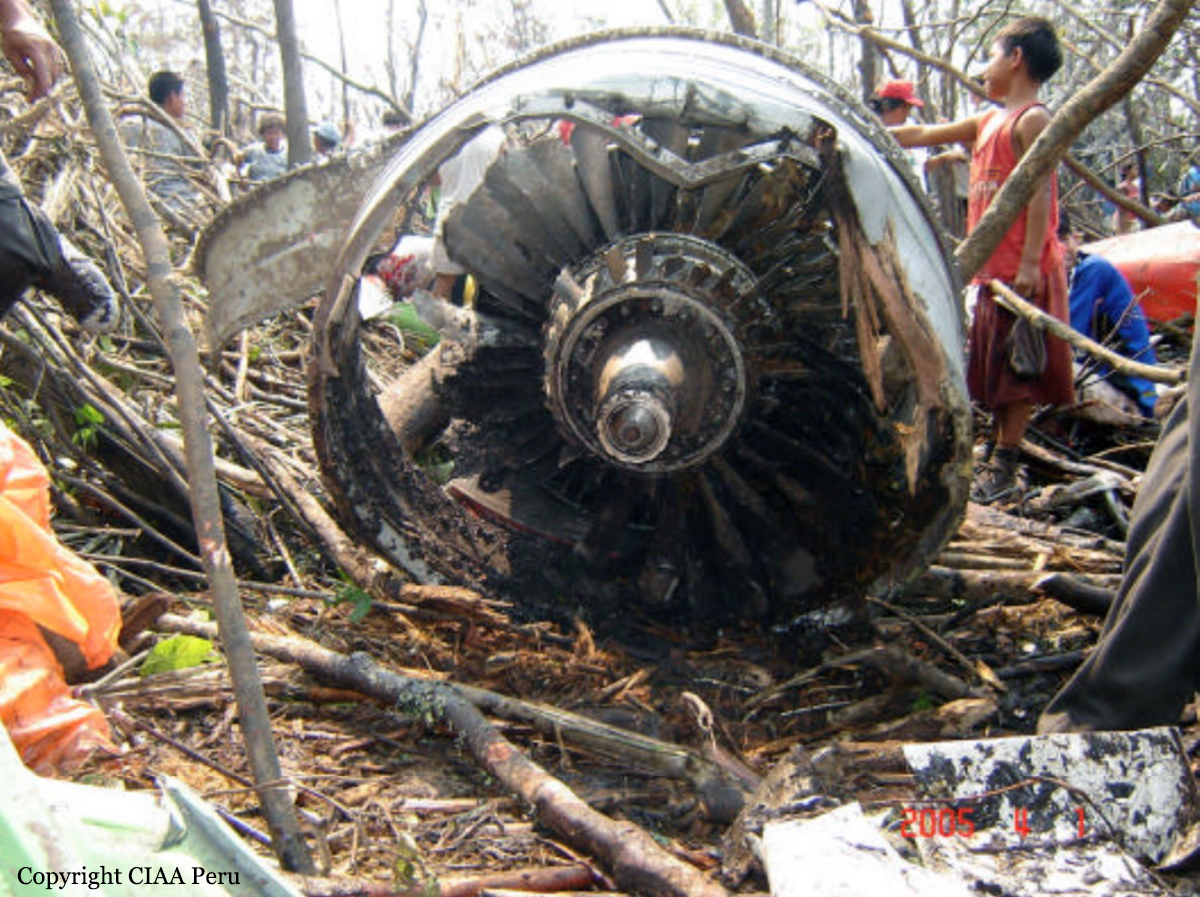Crash of an Airbus A320-271N in Lima: 2 killed
Date & Time:
Nov 18, 2022 at 1511 LT
Registration:
CC-BHB
Survivors:
Yes
Schedule:
Lima – Juliaca
MSN:
7864
YOM:
2017
Flight number:
LA2213
Crew on board:
6
Crew fatalities:
Pax on board:
102
Pax fatalities:
Other fatalities:
Total fatalities:
2
Captain / Total hours on type:
3115.00
Copilot / Total hours on type:
583
Aircraft flight hours:
10111
Aircraft flight cycles:
5976
Circumstances:
The airplane was on a schedule service (flight LA2213) from Lima to Juliaca. On board were 102 passengers and a crew of six. During the takeoff roll on runway 16L, after a course of 1,200 metres and at a speed of 131 knots, the aircraft collided with a fire truck that entered the active runway from the right, at taxiway Bravo. A team of two heavy fire trucks and one light support vehicle were engaged in a 'Response Time' exercise that started at 1510LT, one minute prior to the accident. The goal of this exercise was to test the capacity of the new fire station. The first fire truck entered the active runway while the airplane was accelerating for takeoff. Upon impact, the right main gear and the right engine were torn off. The airplane caught fire and slid for about 1,600 metres then veered to the right and came to rest, bursting into flames. Forty passengers were injured, among them four seriously. The airplane was heavily damaged by fire and written off. Among the personnel in the fire truck, two were killed and a third was seriously injured.
Probable cause:
It was determined that the crew of the fire truck entered the active runway 16L without prior permission from air traffic controller. This chain of events was caused by the lack of joint planning, poor coordination and the non-use of ICAO-standardized communication and phraseology.
Final Report:


